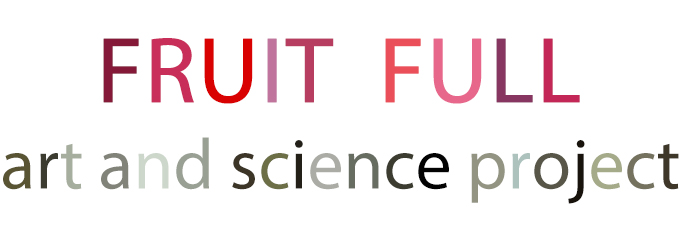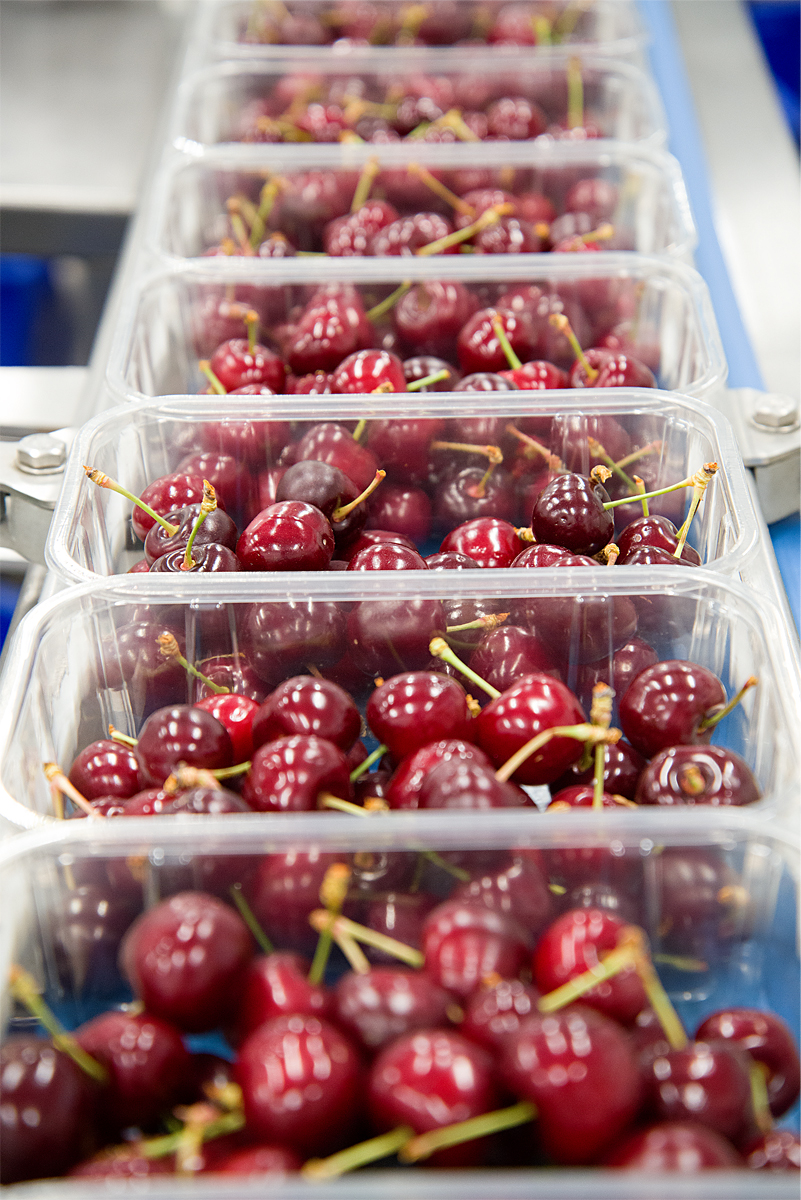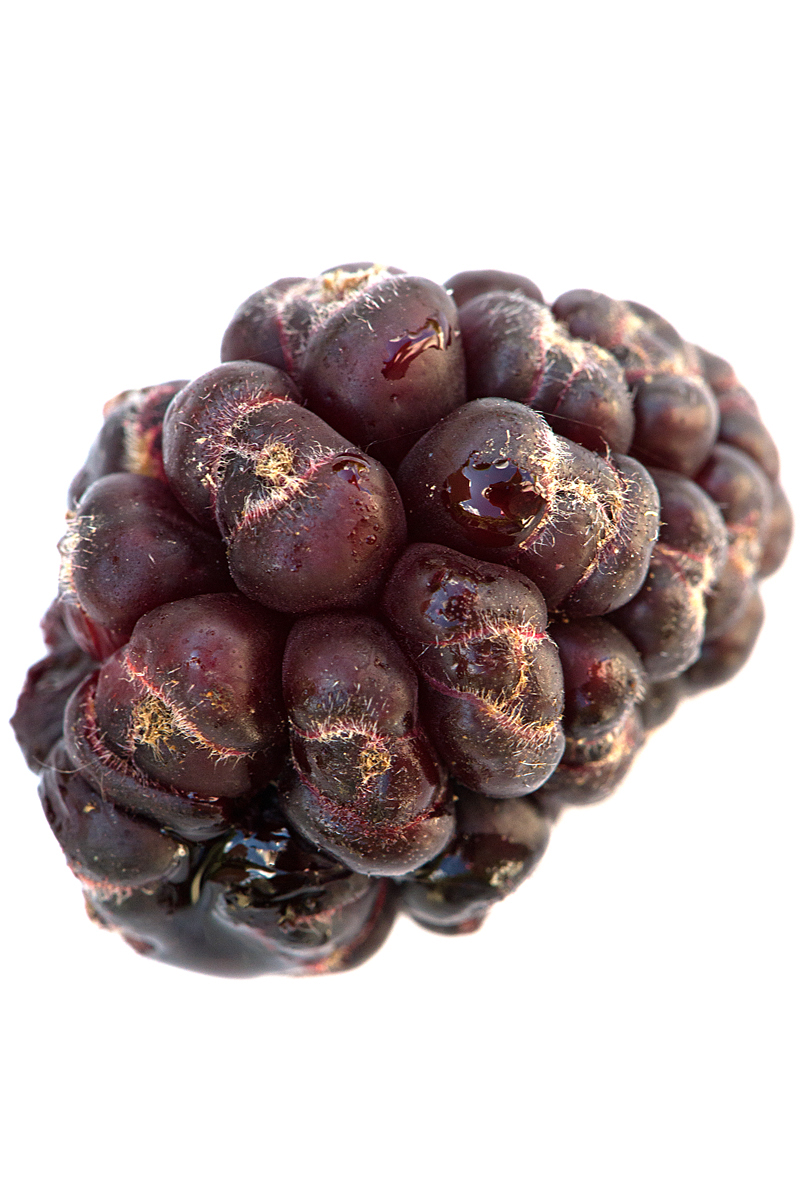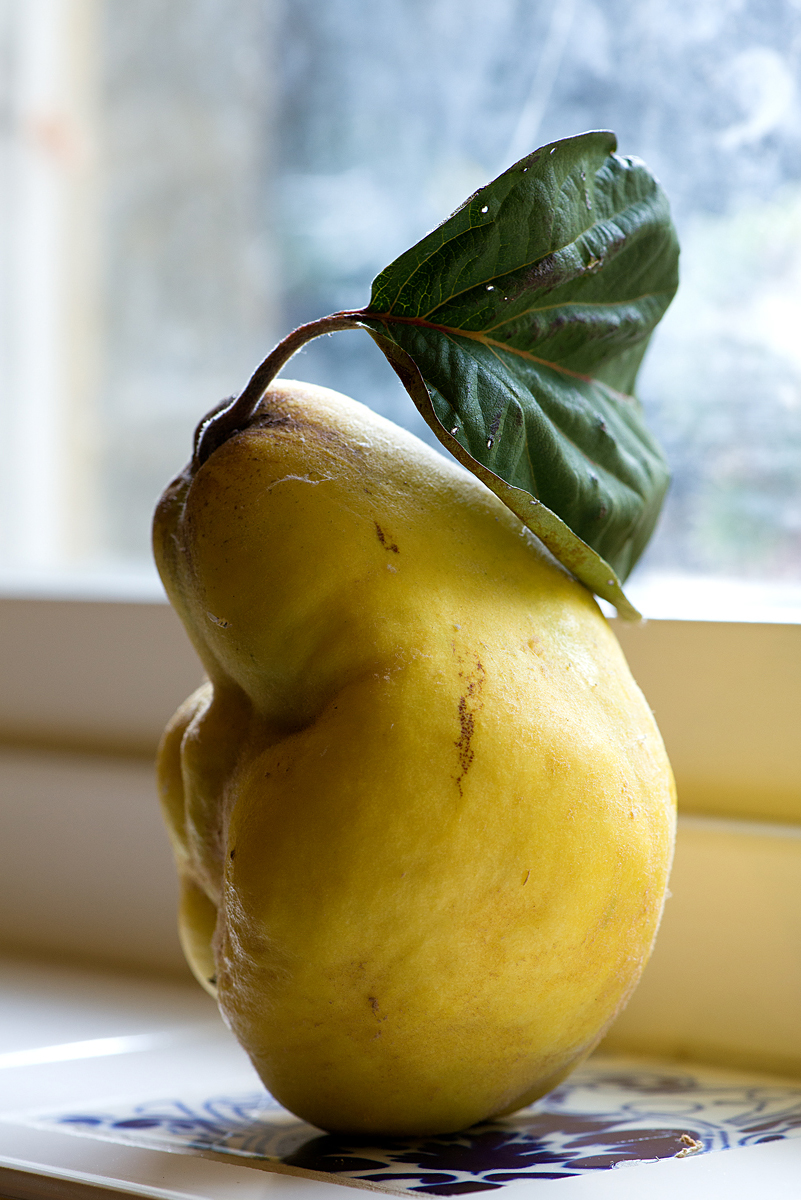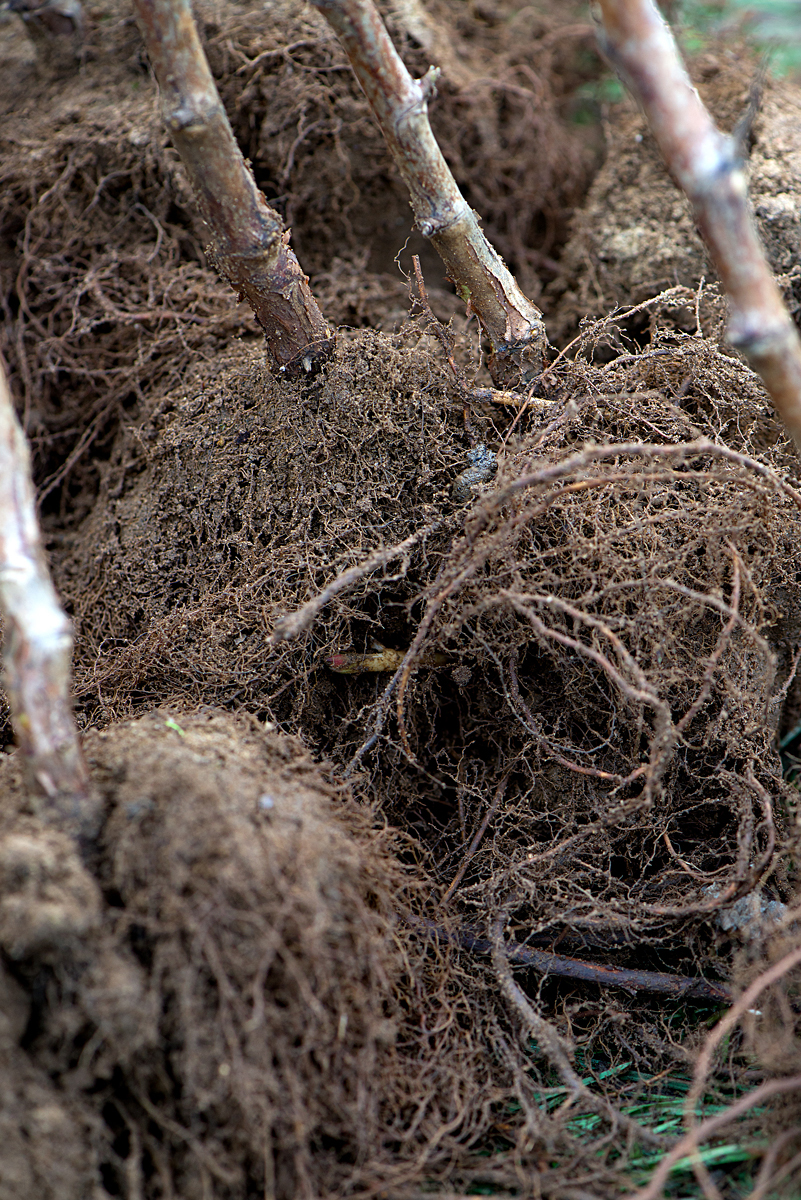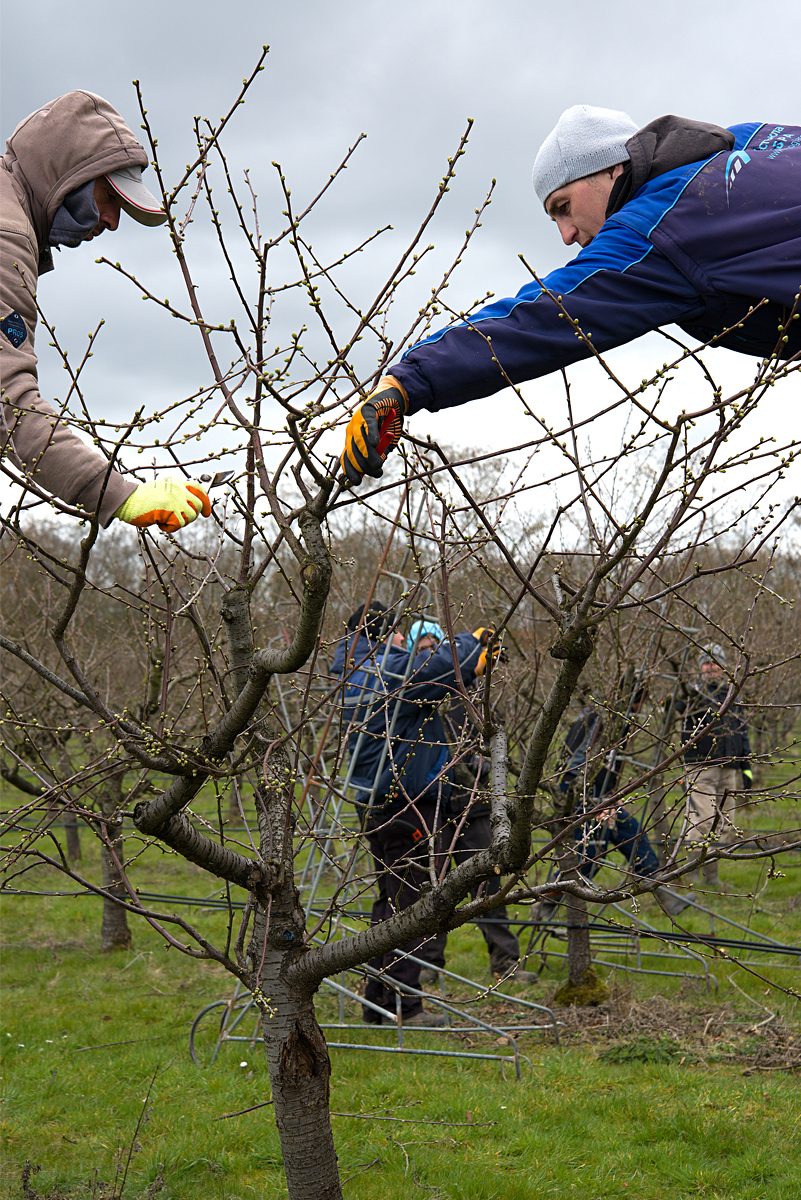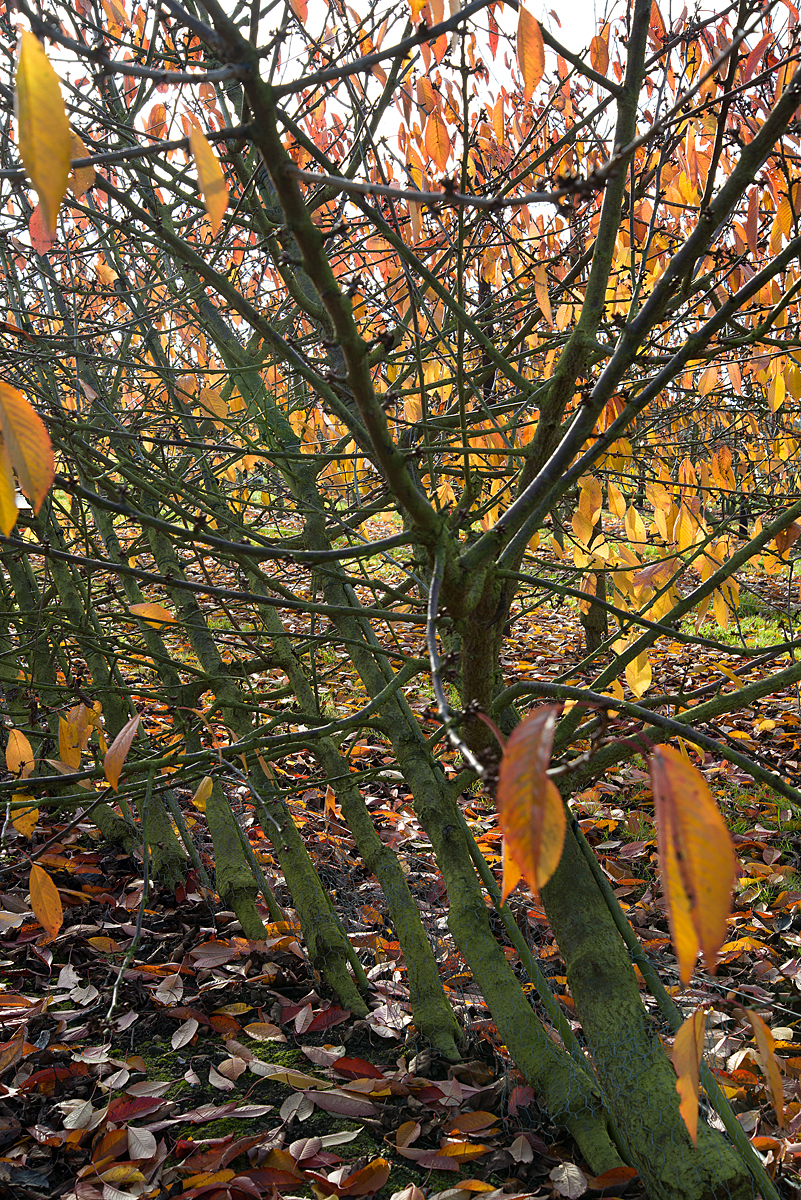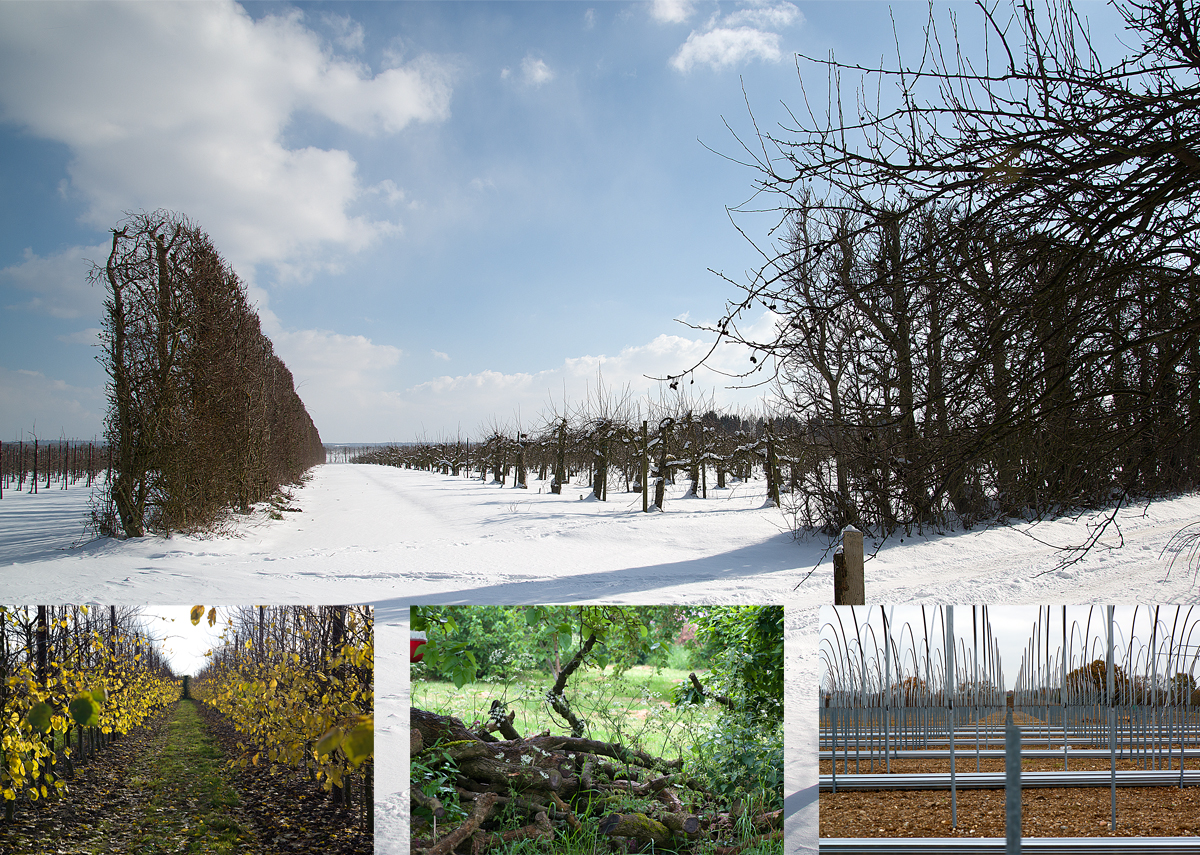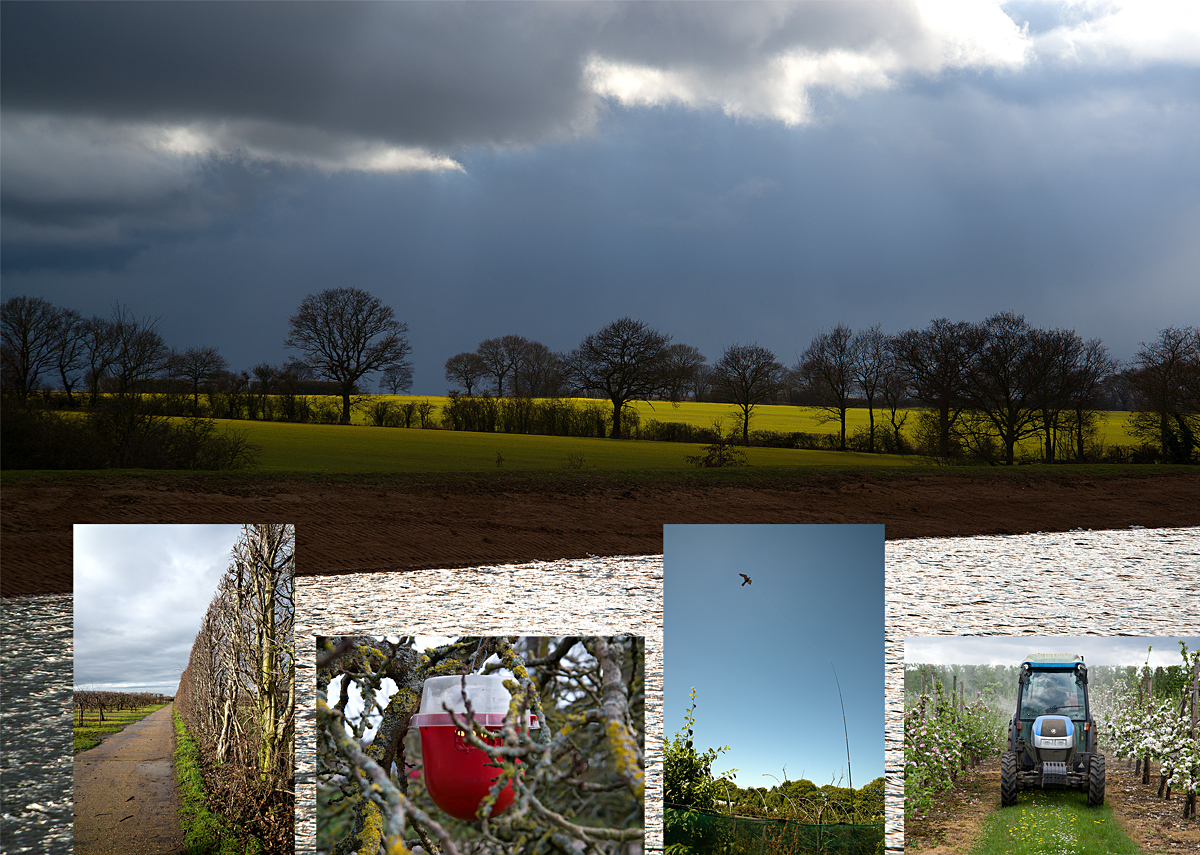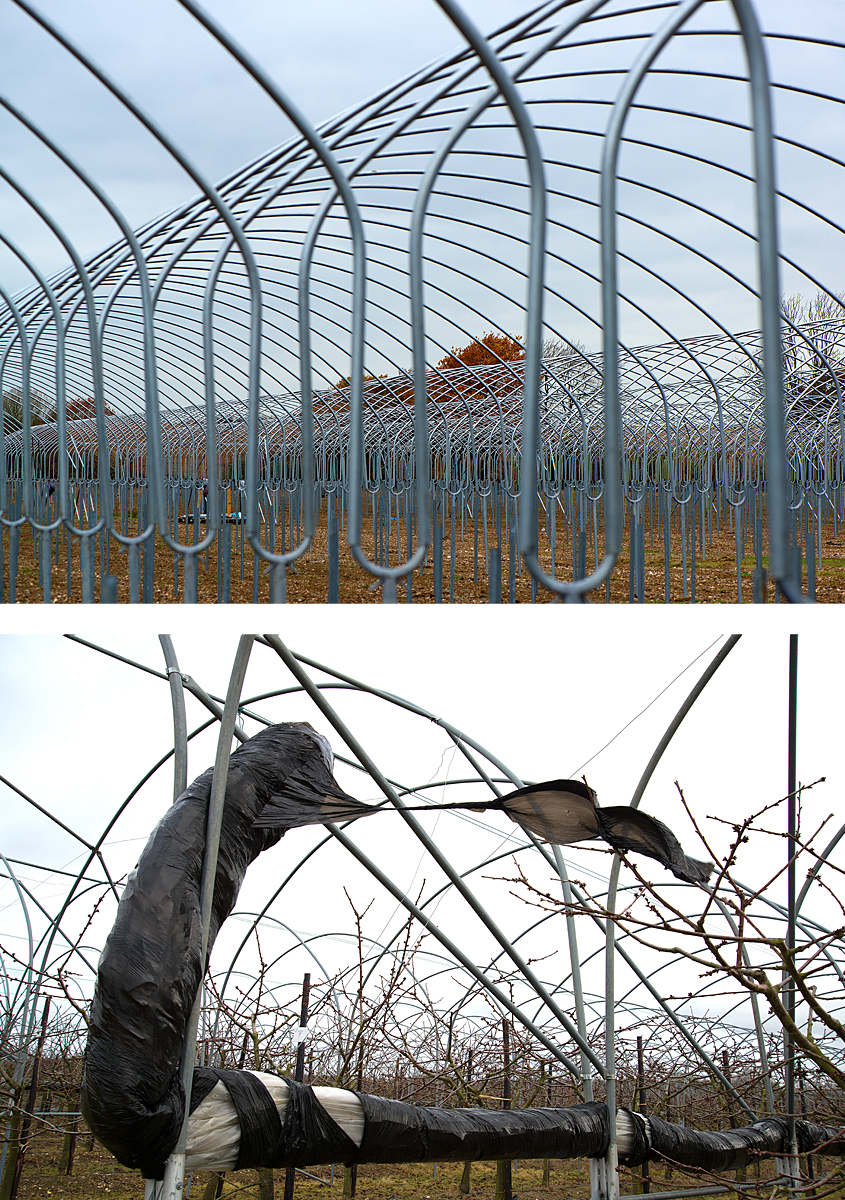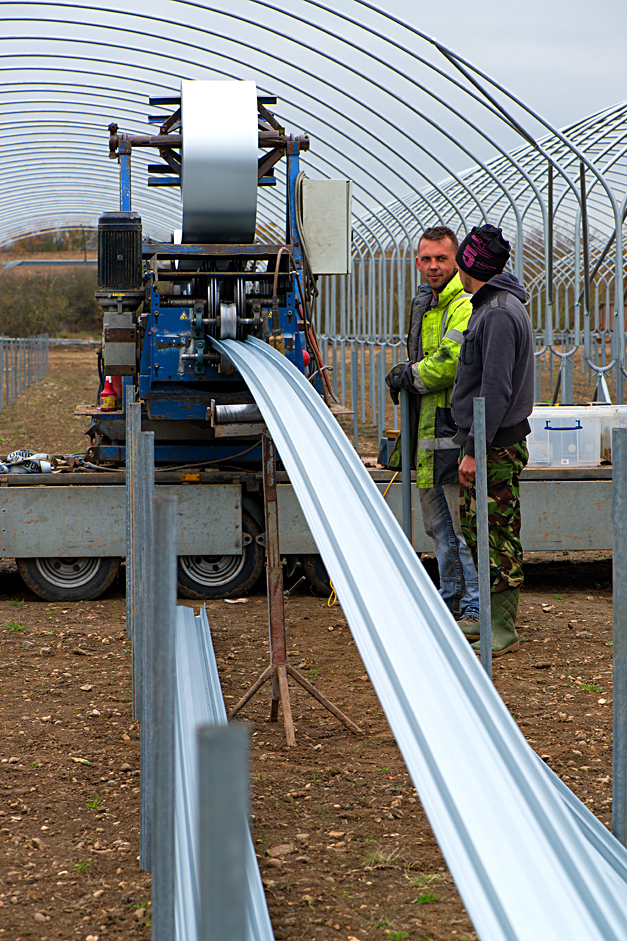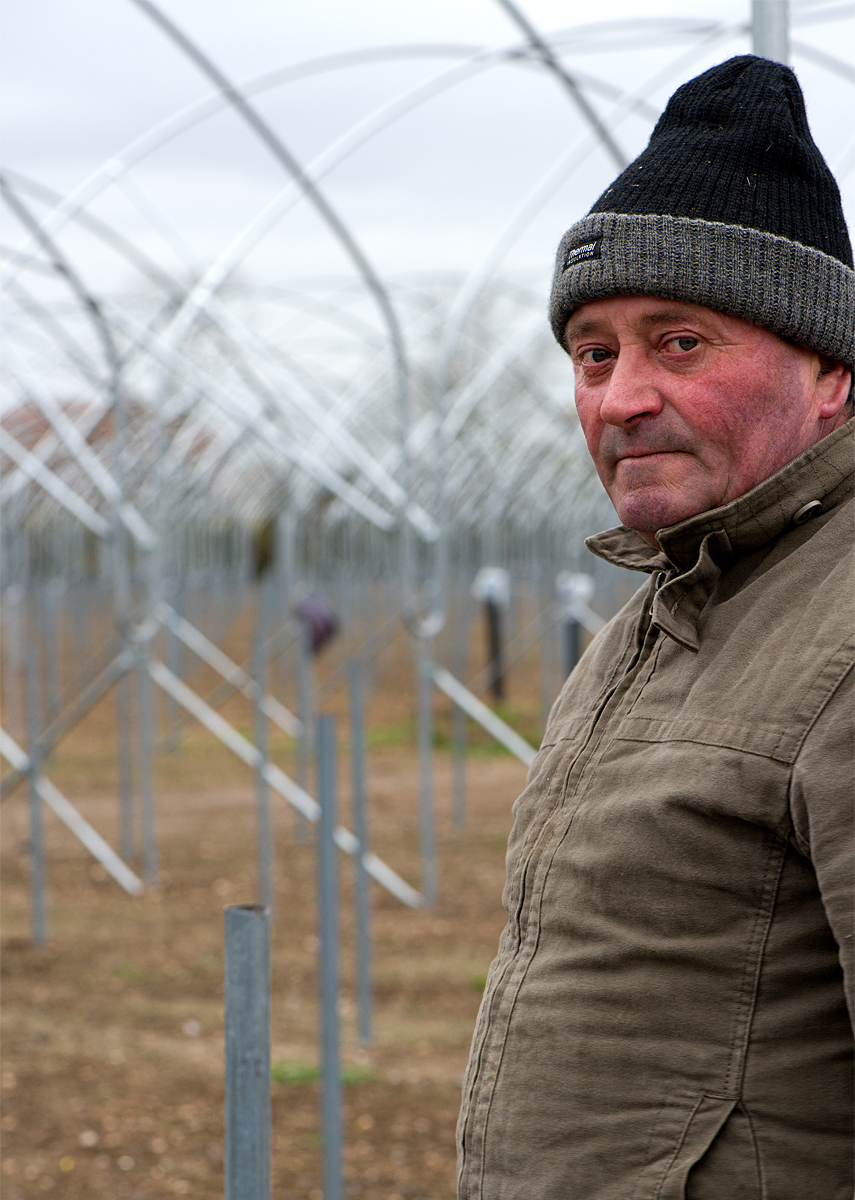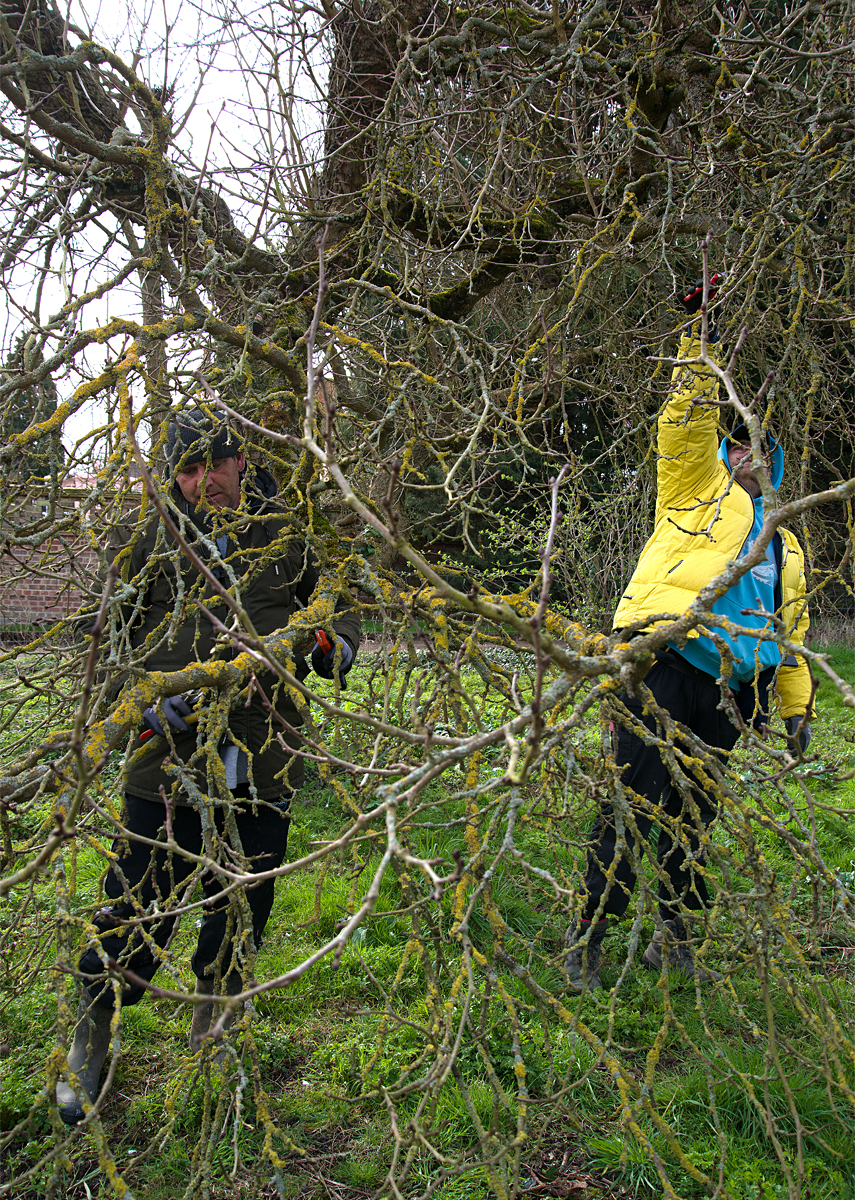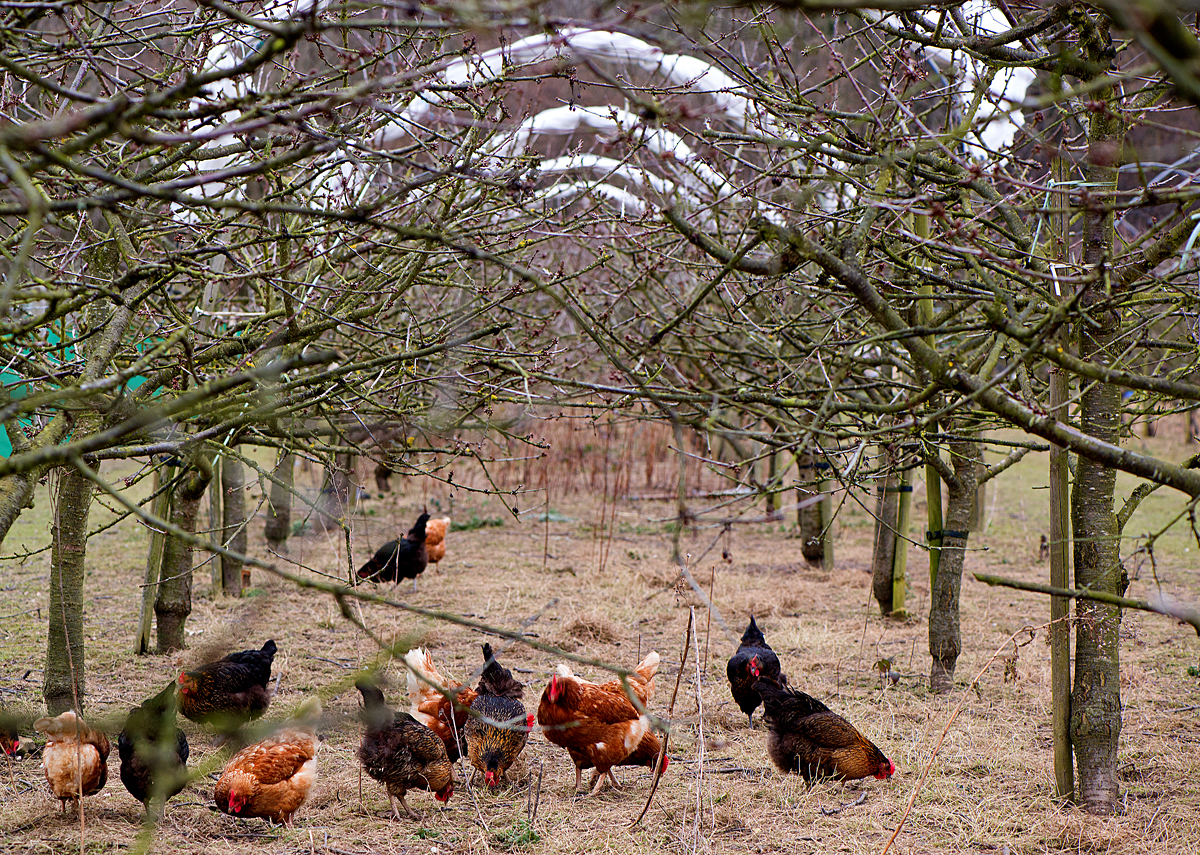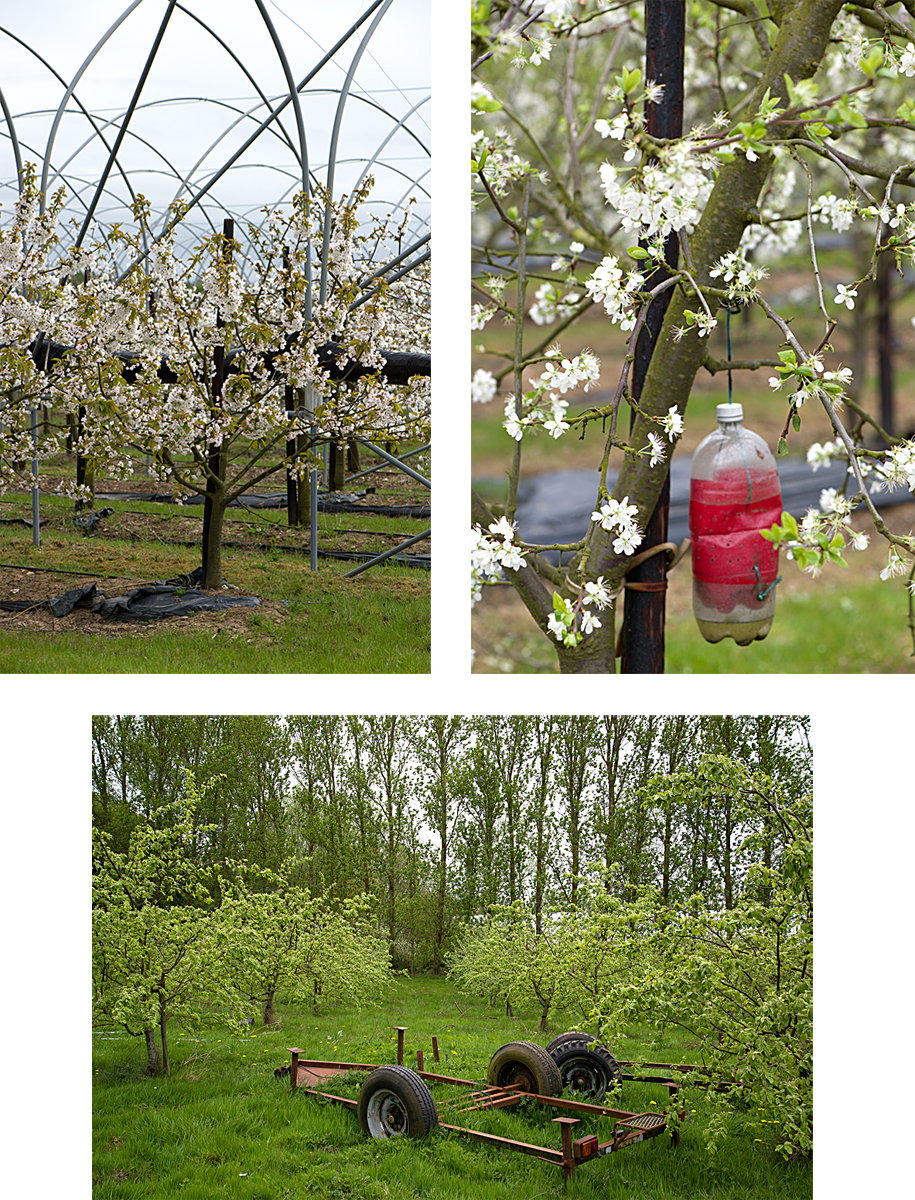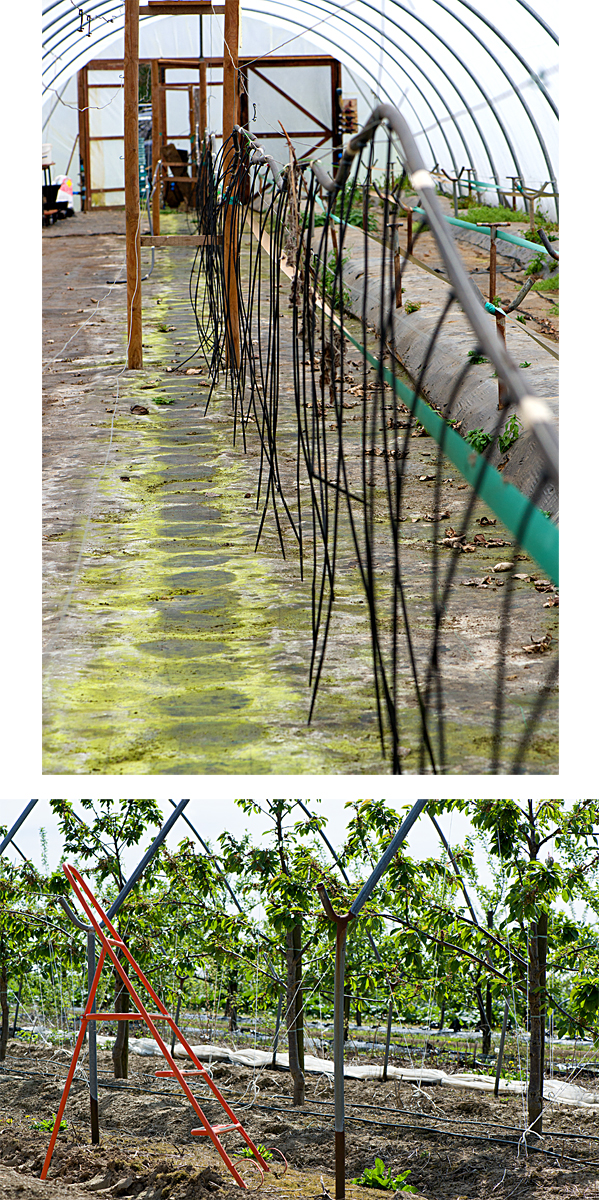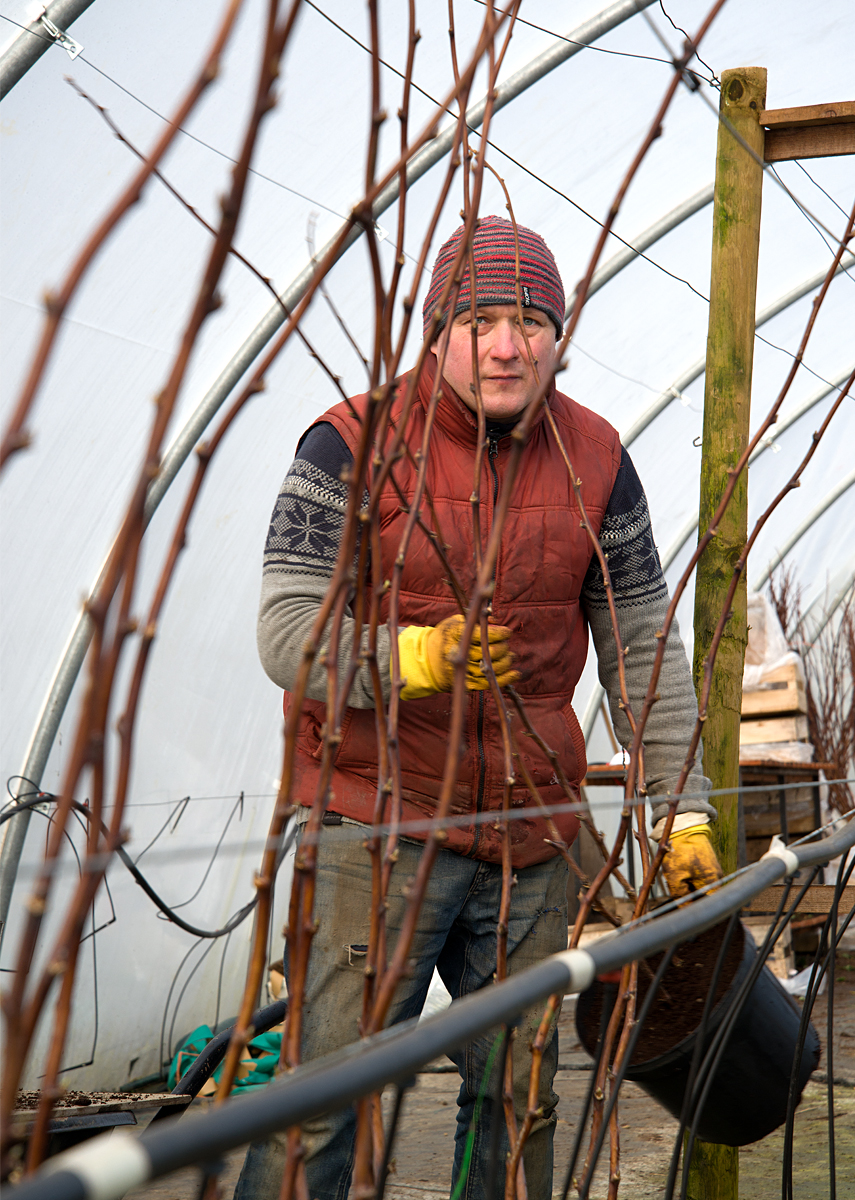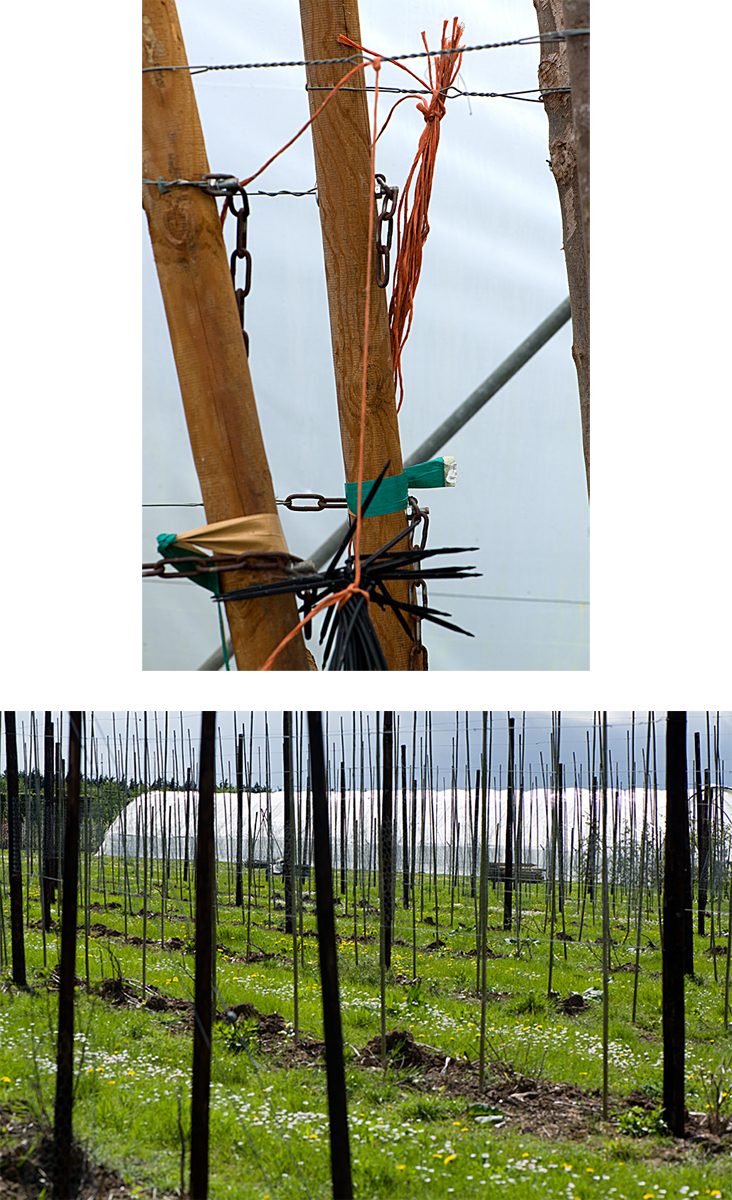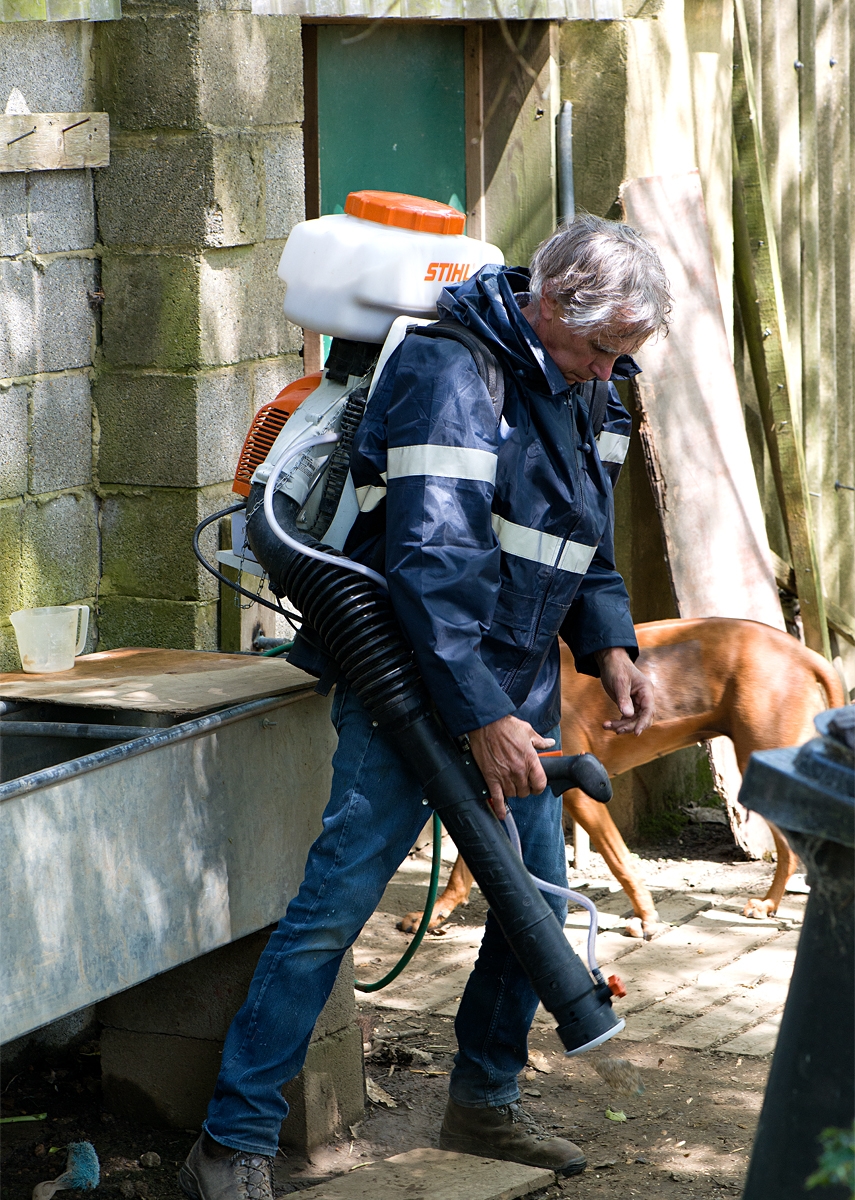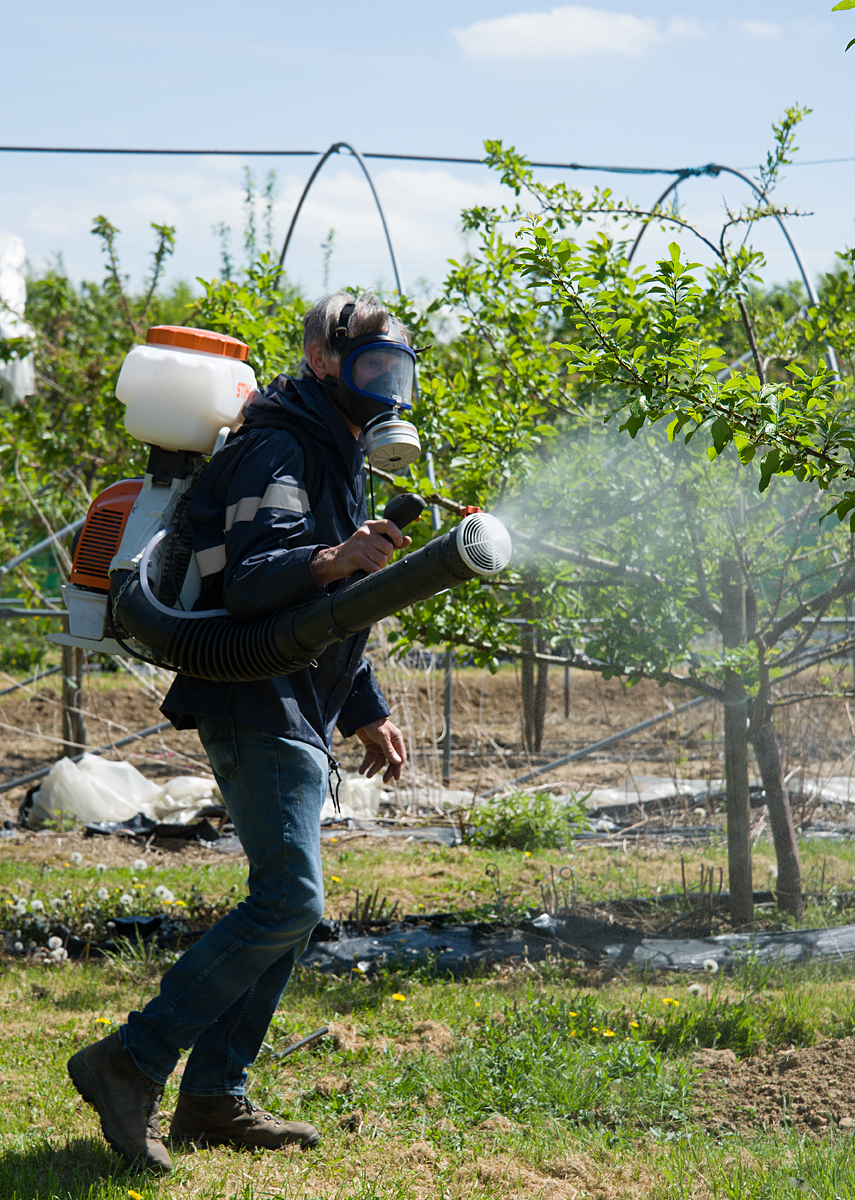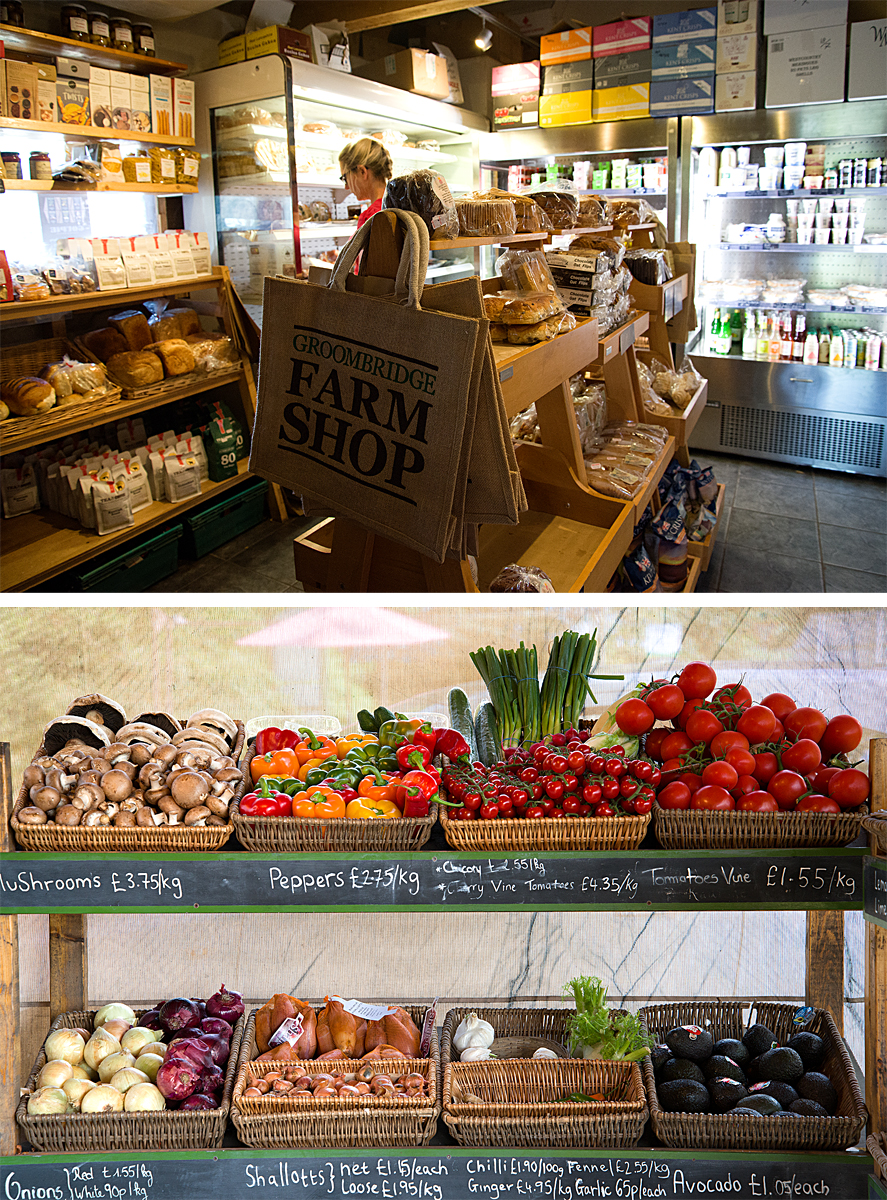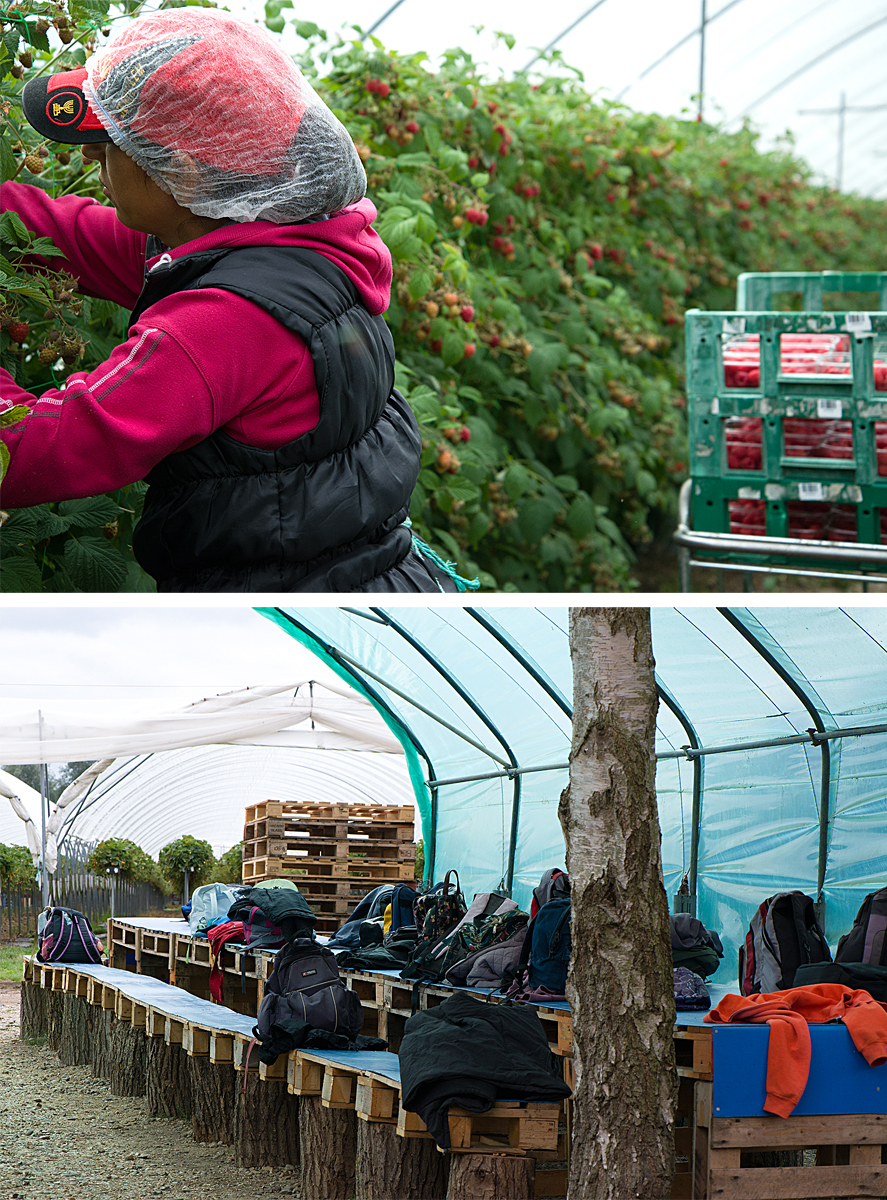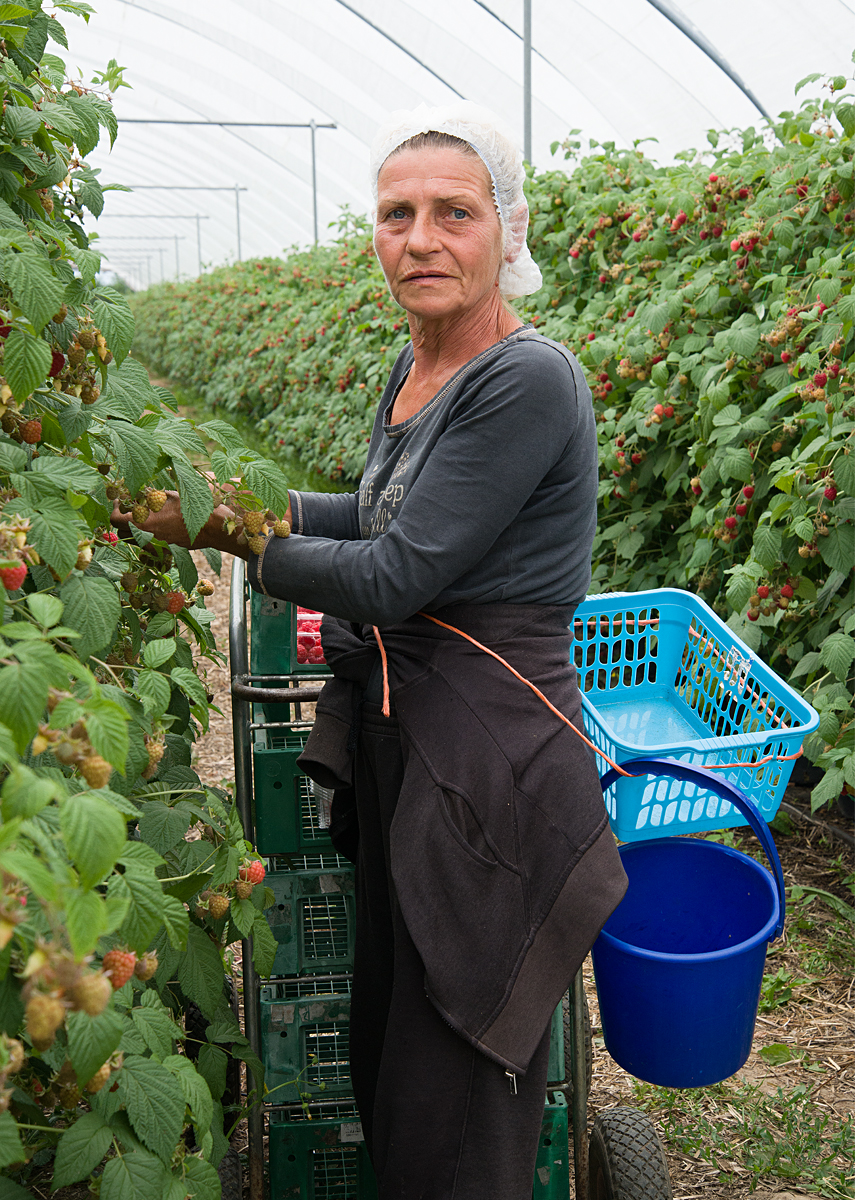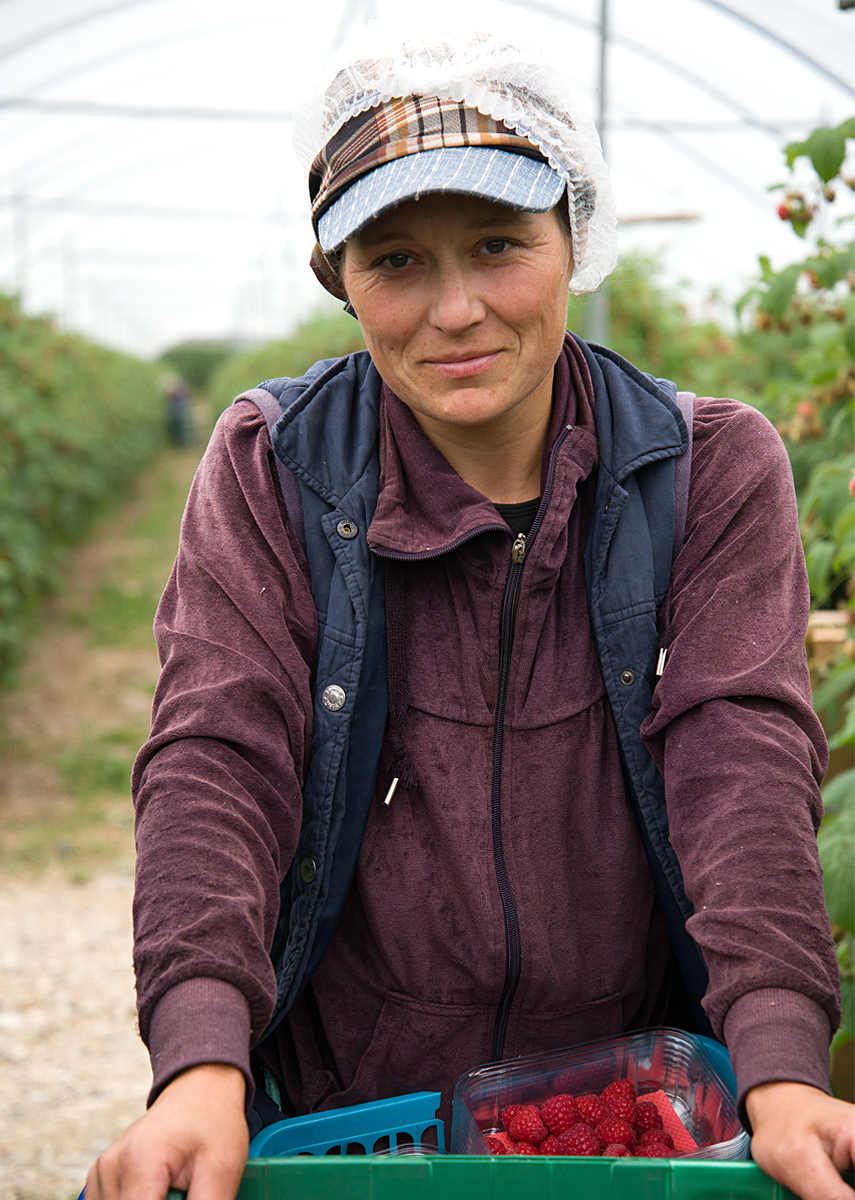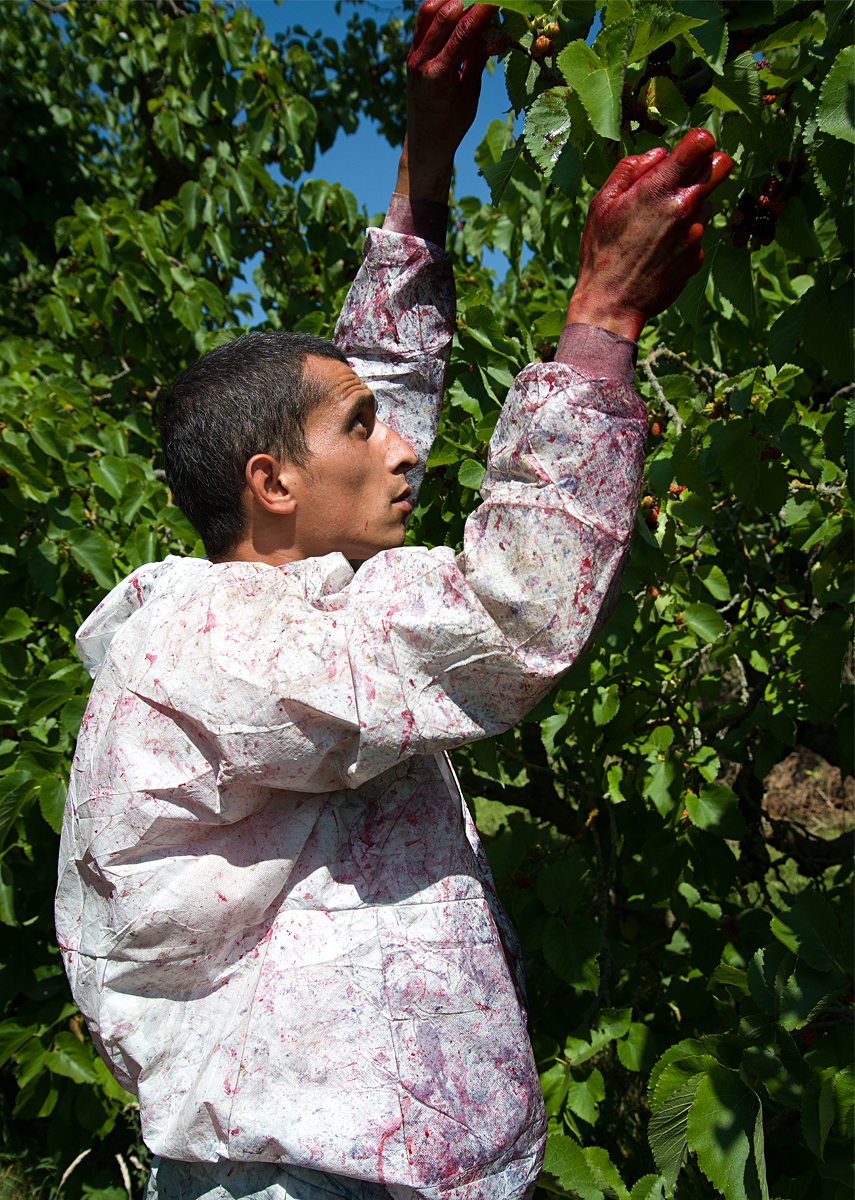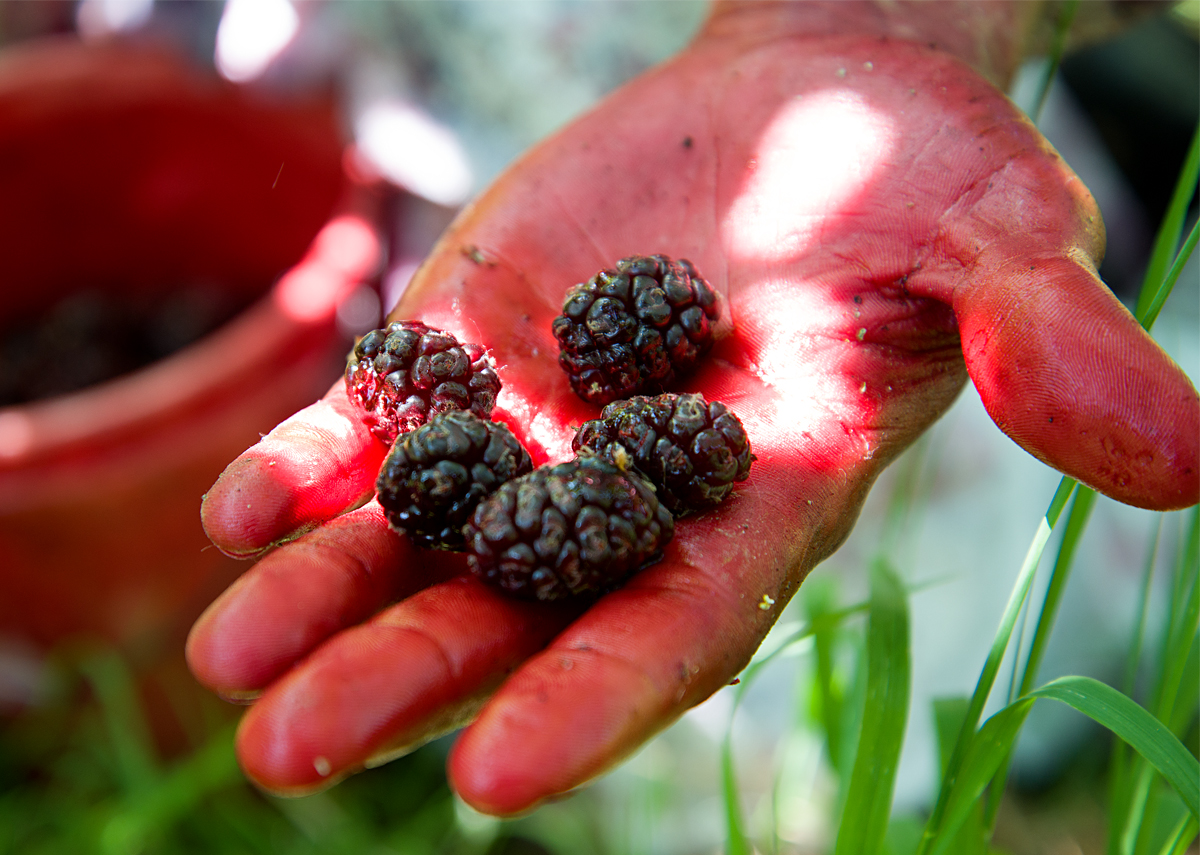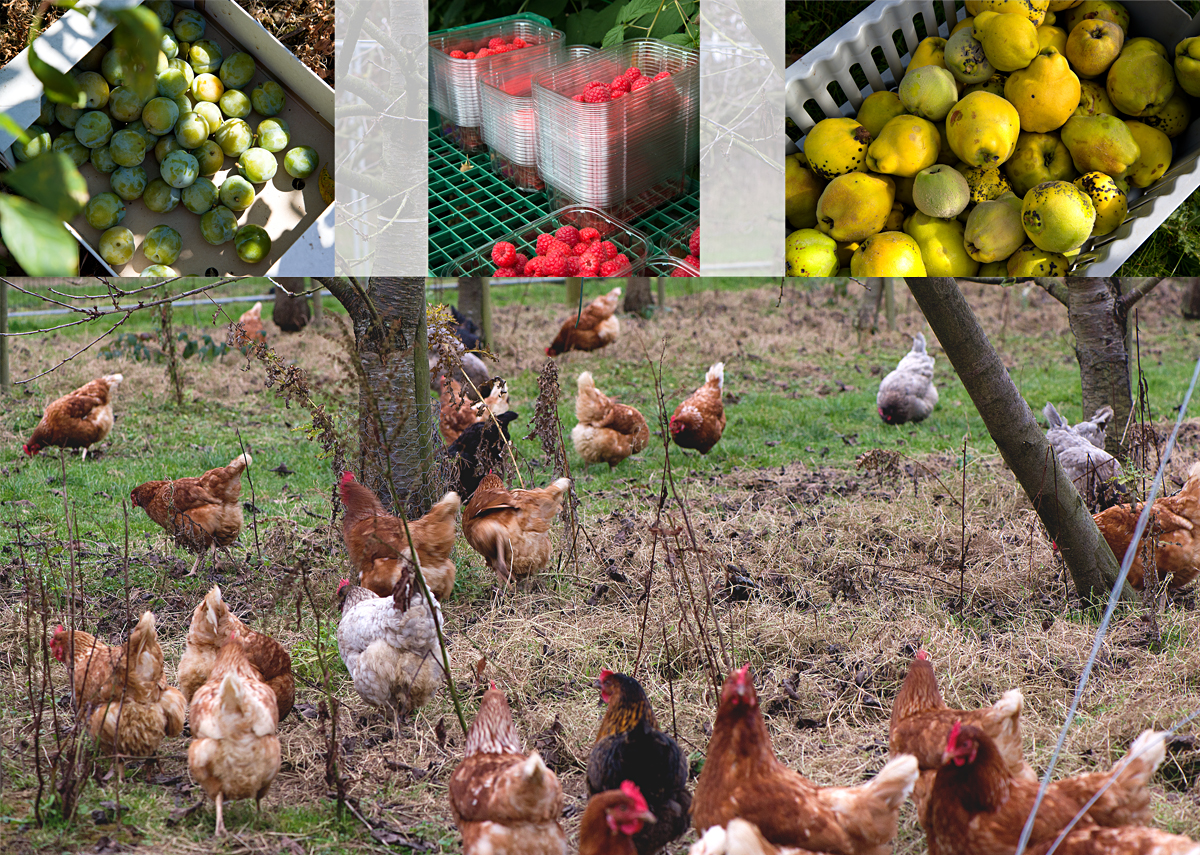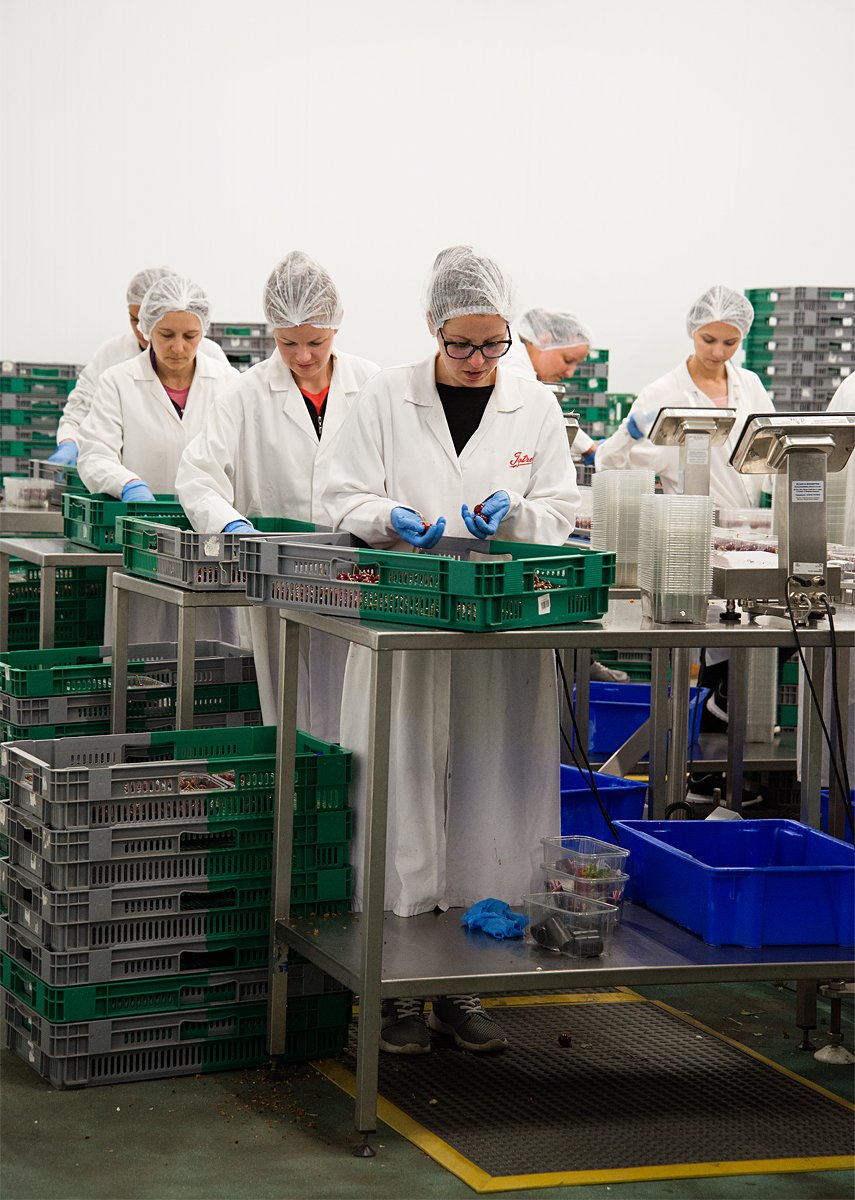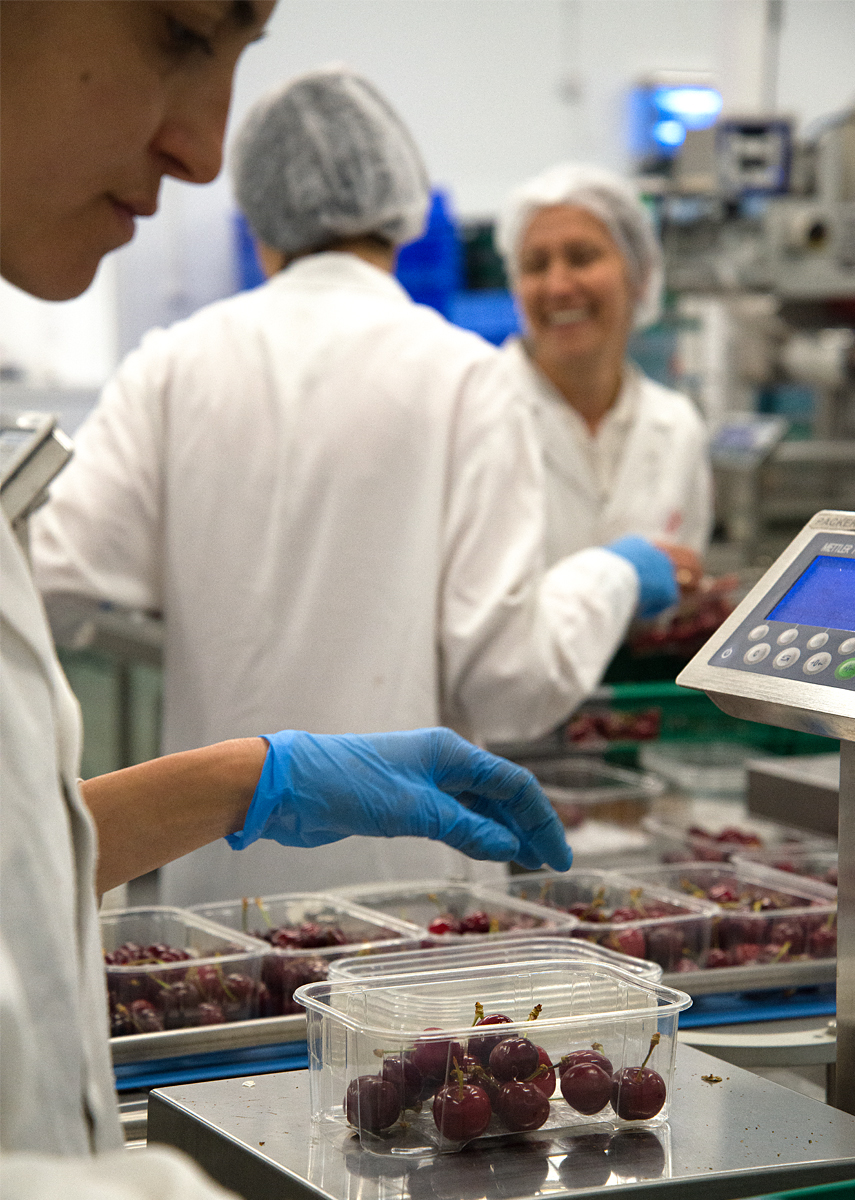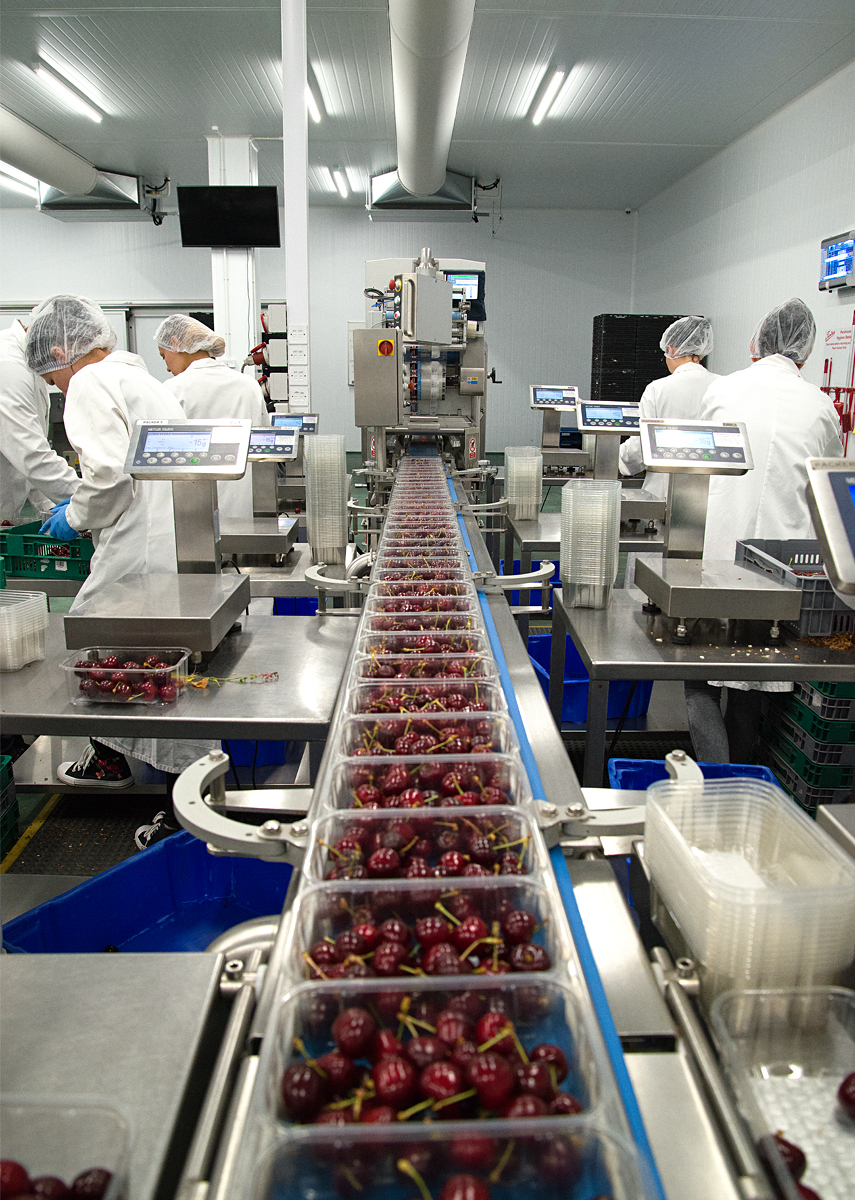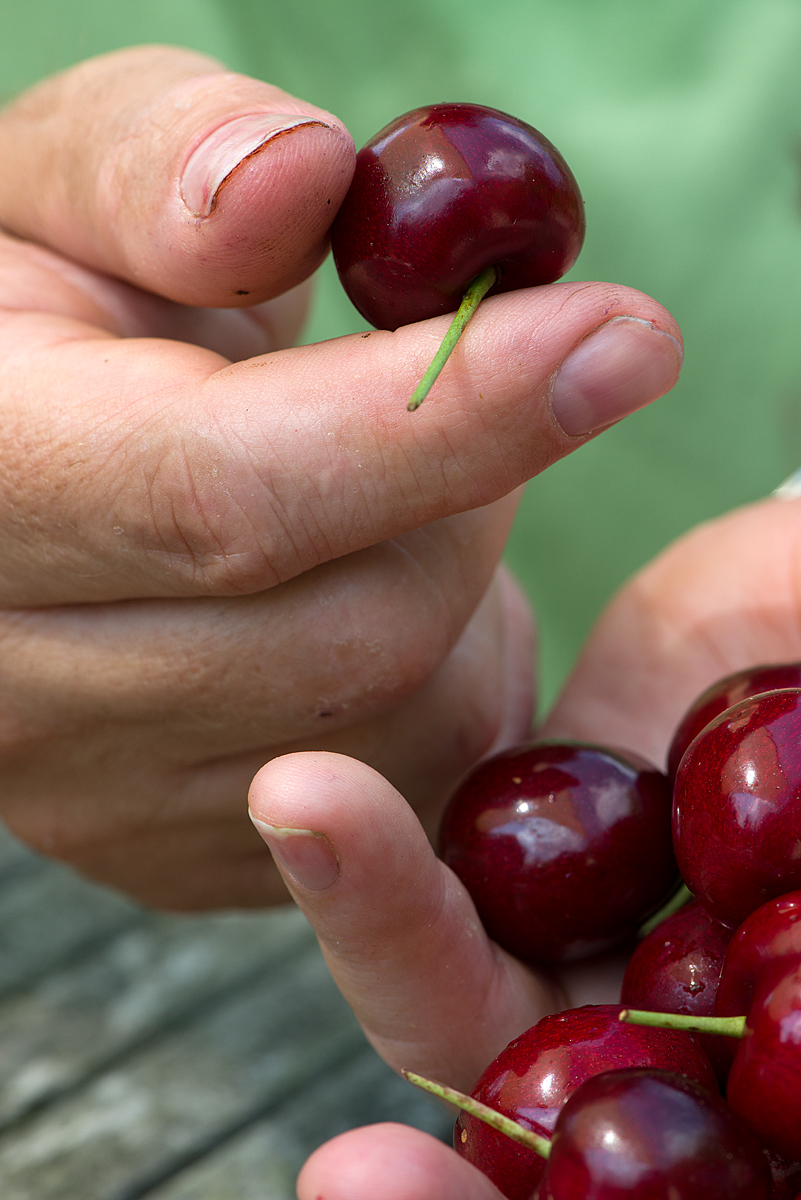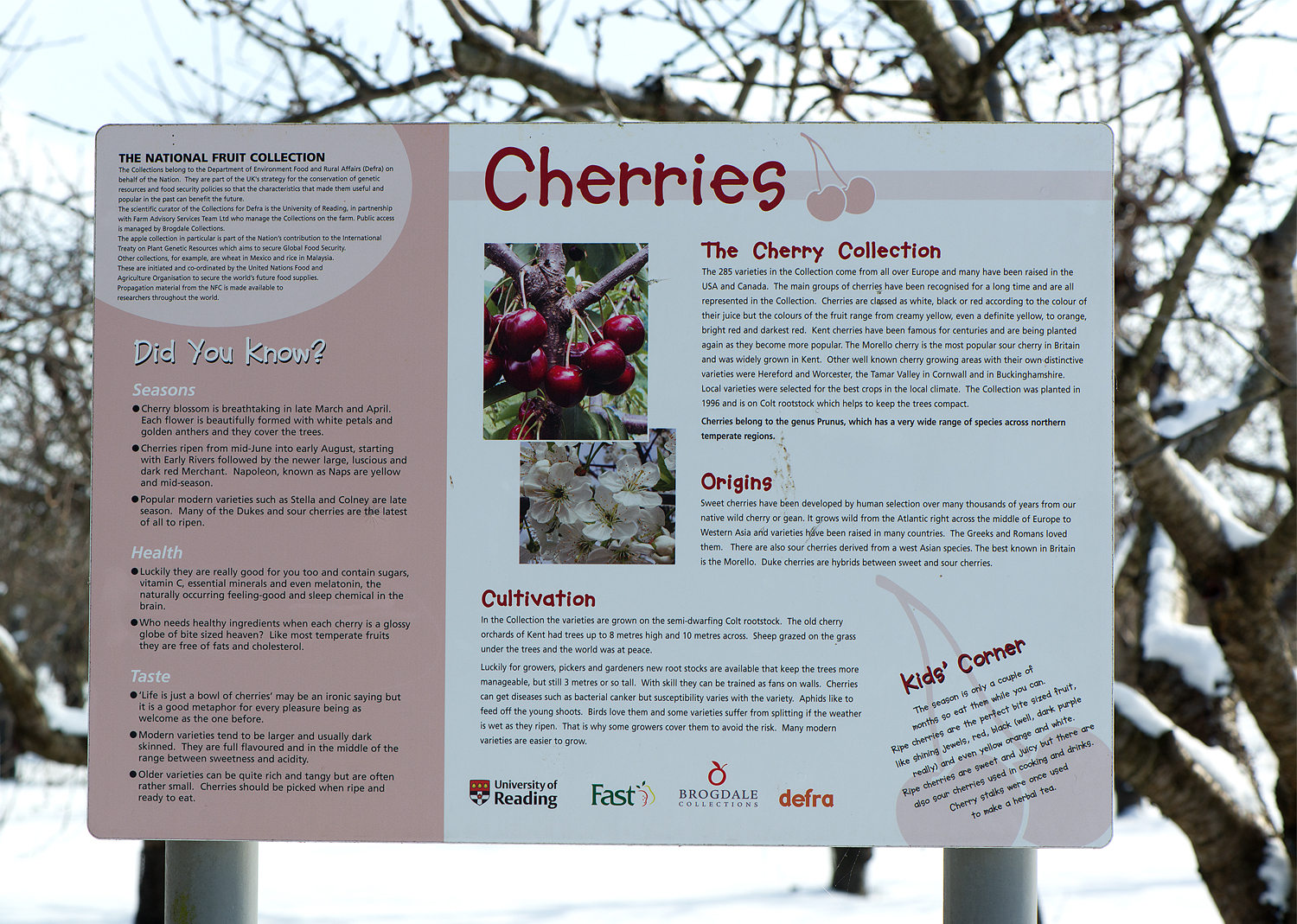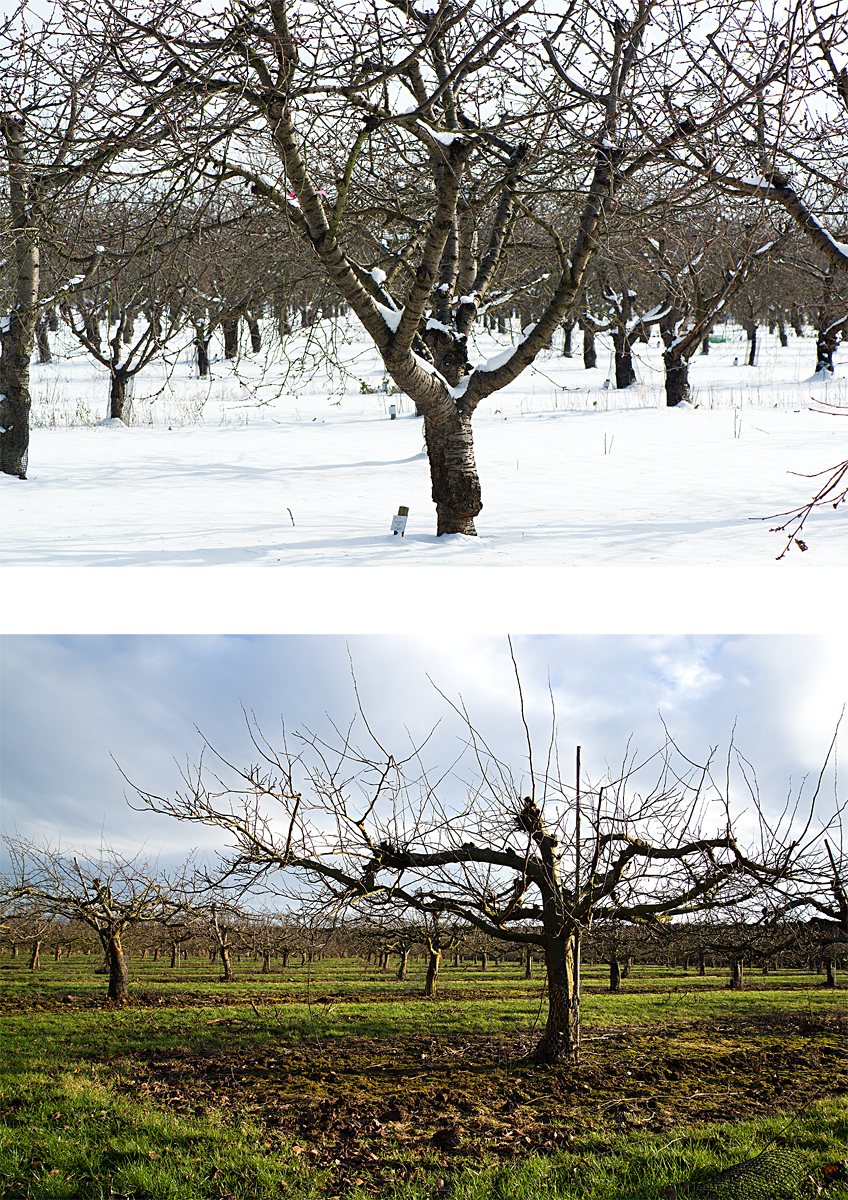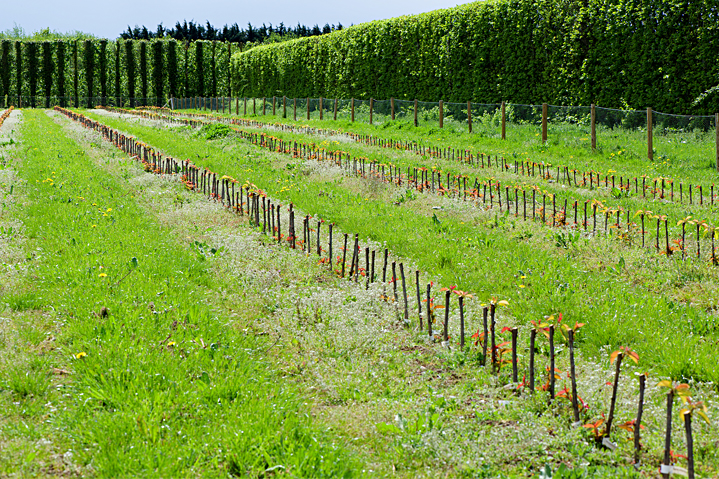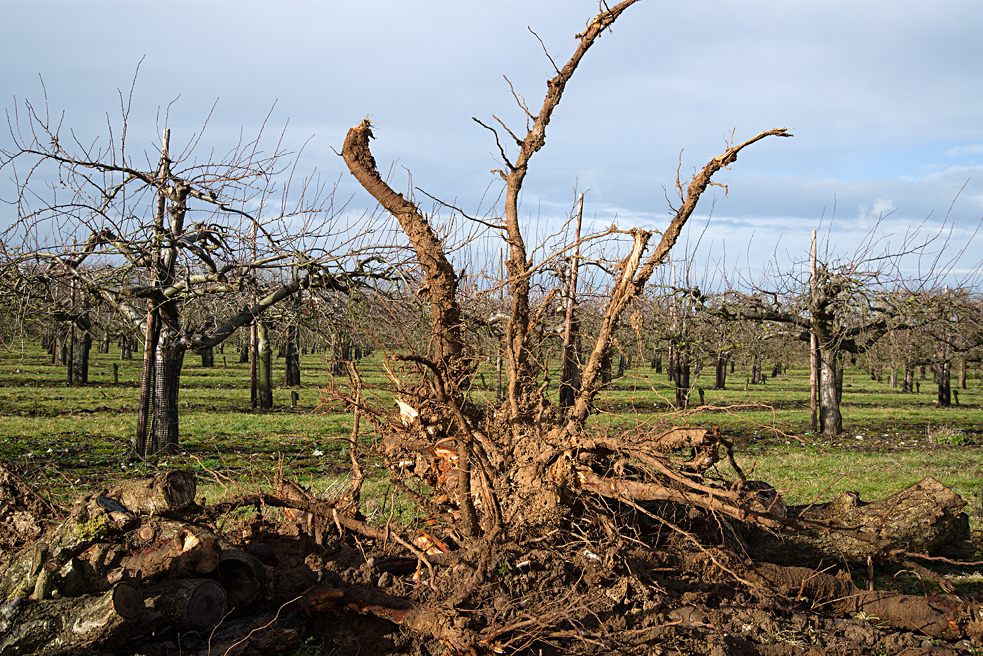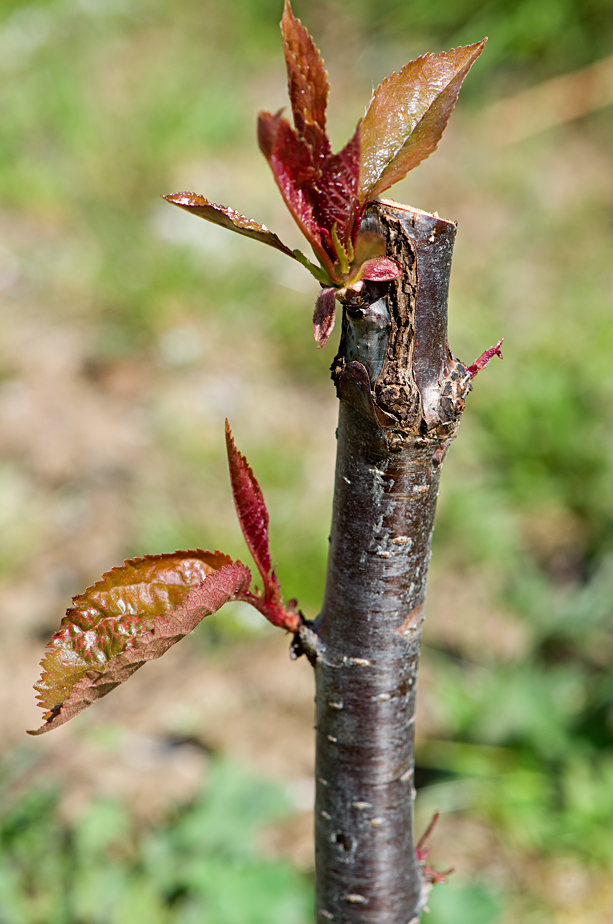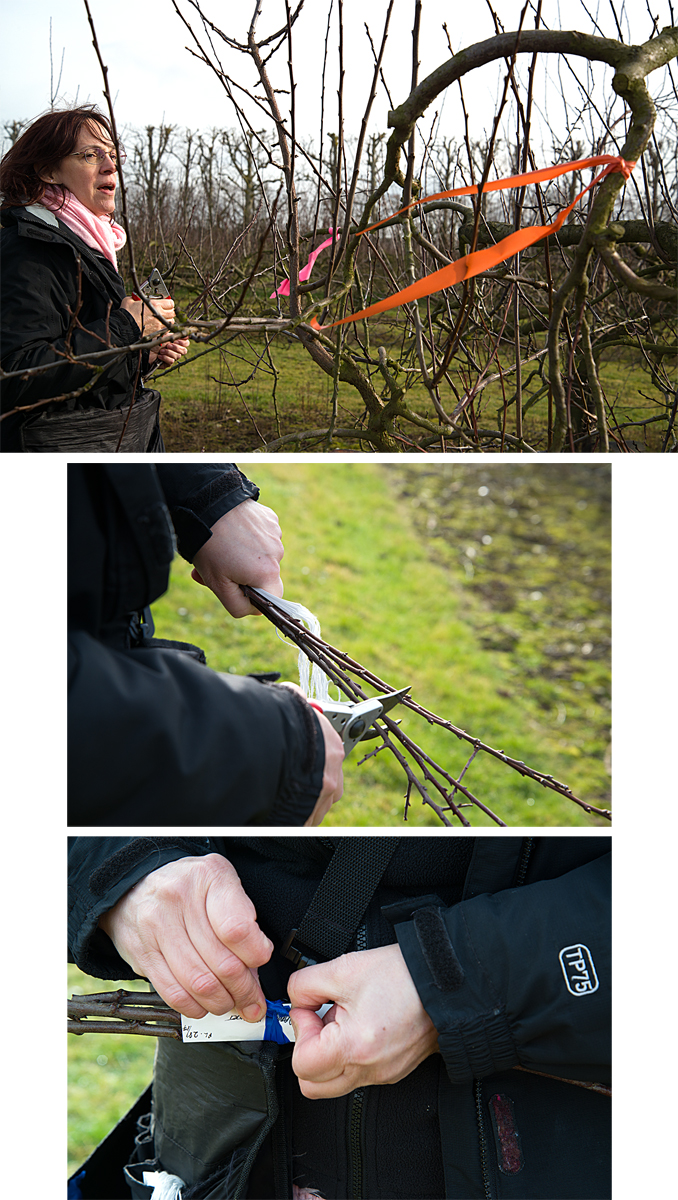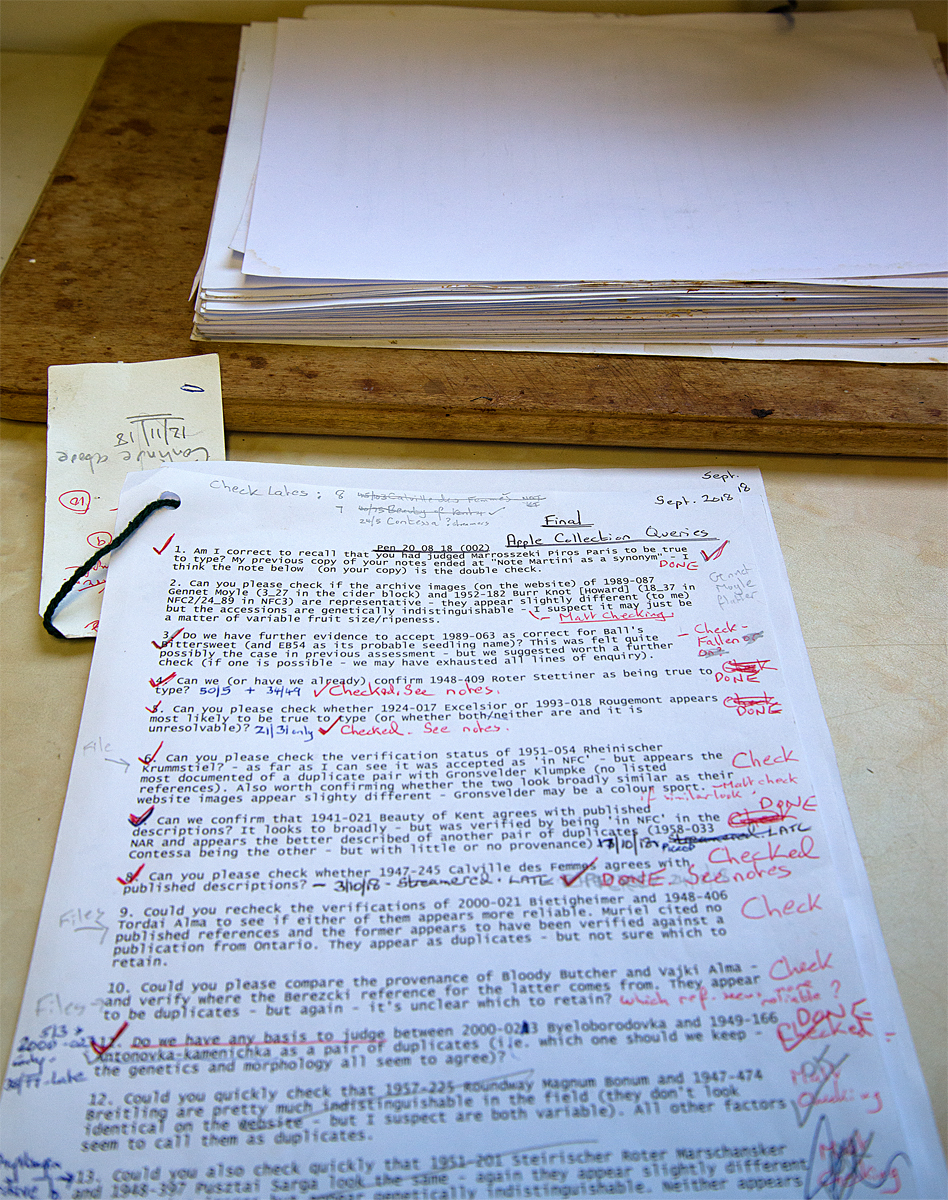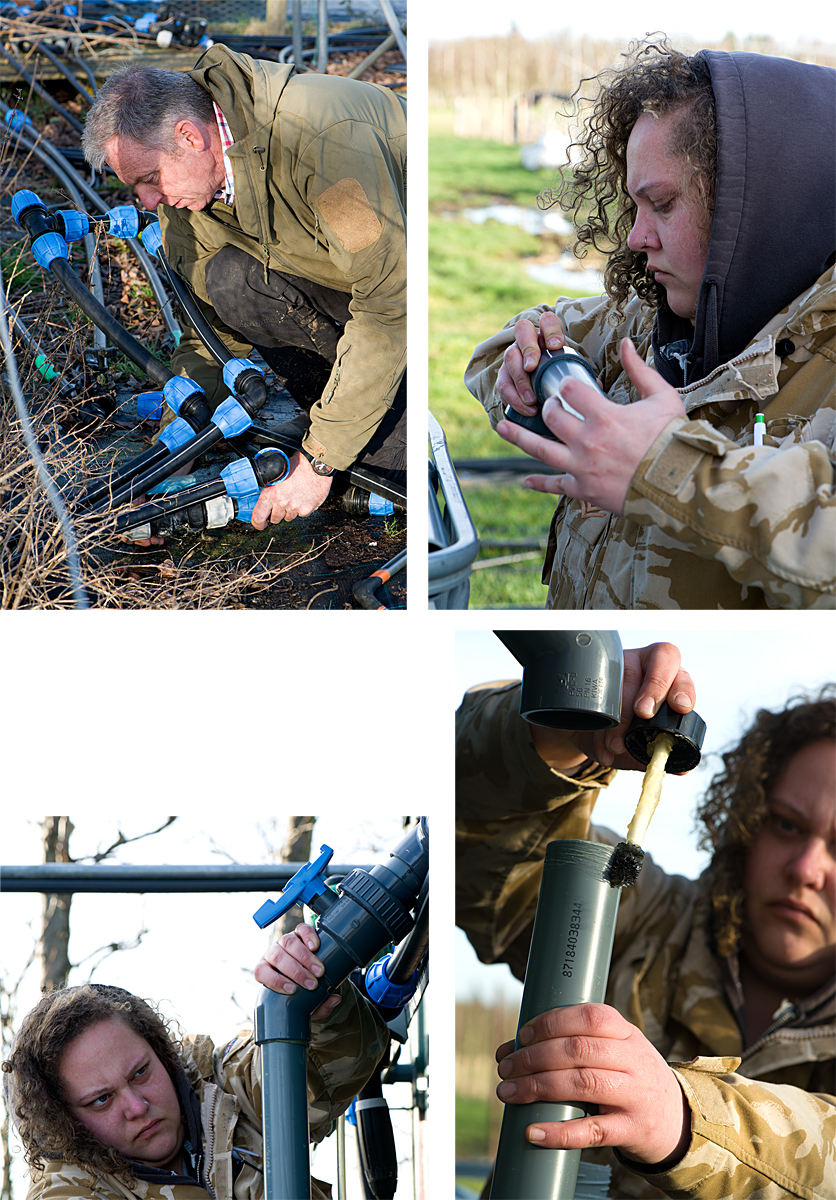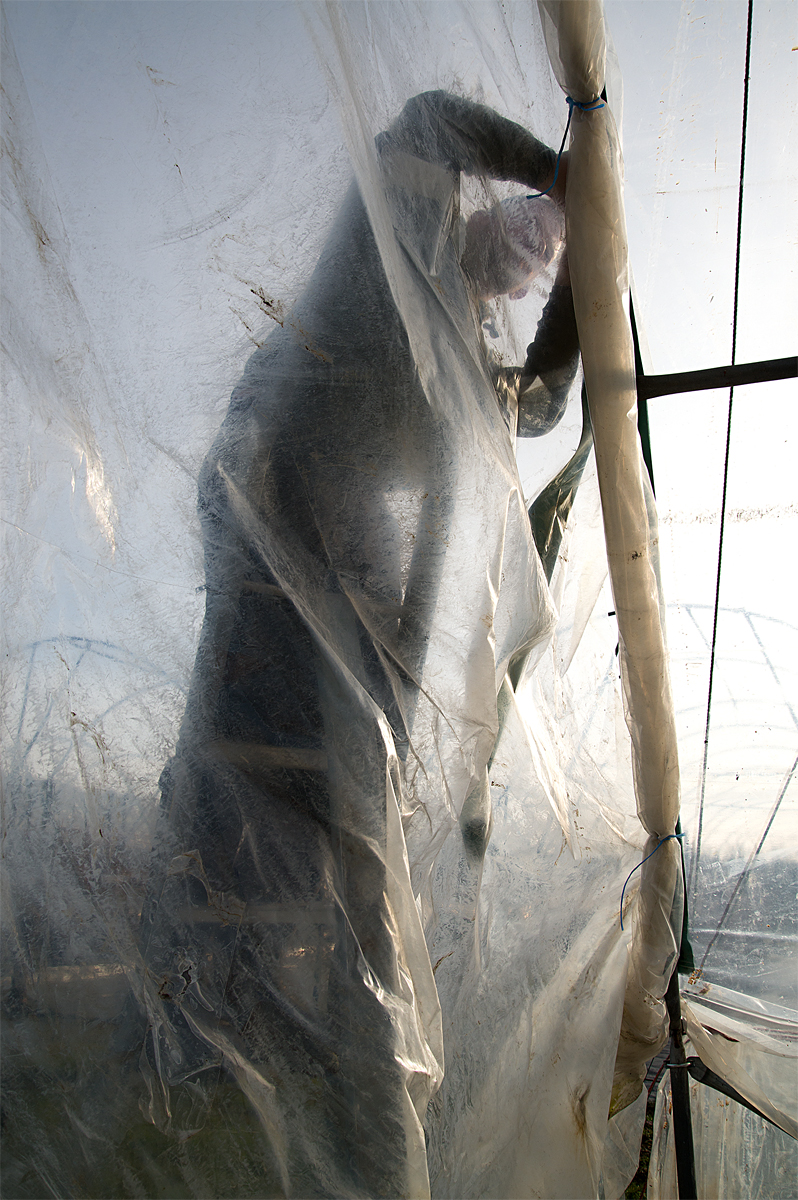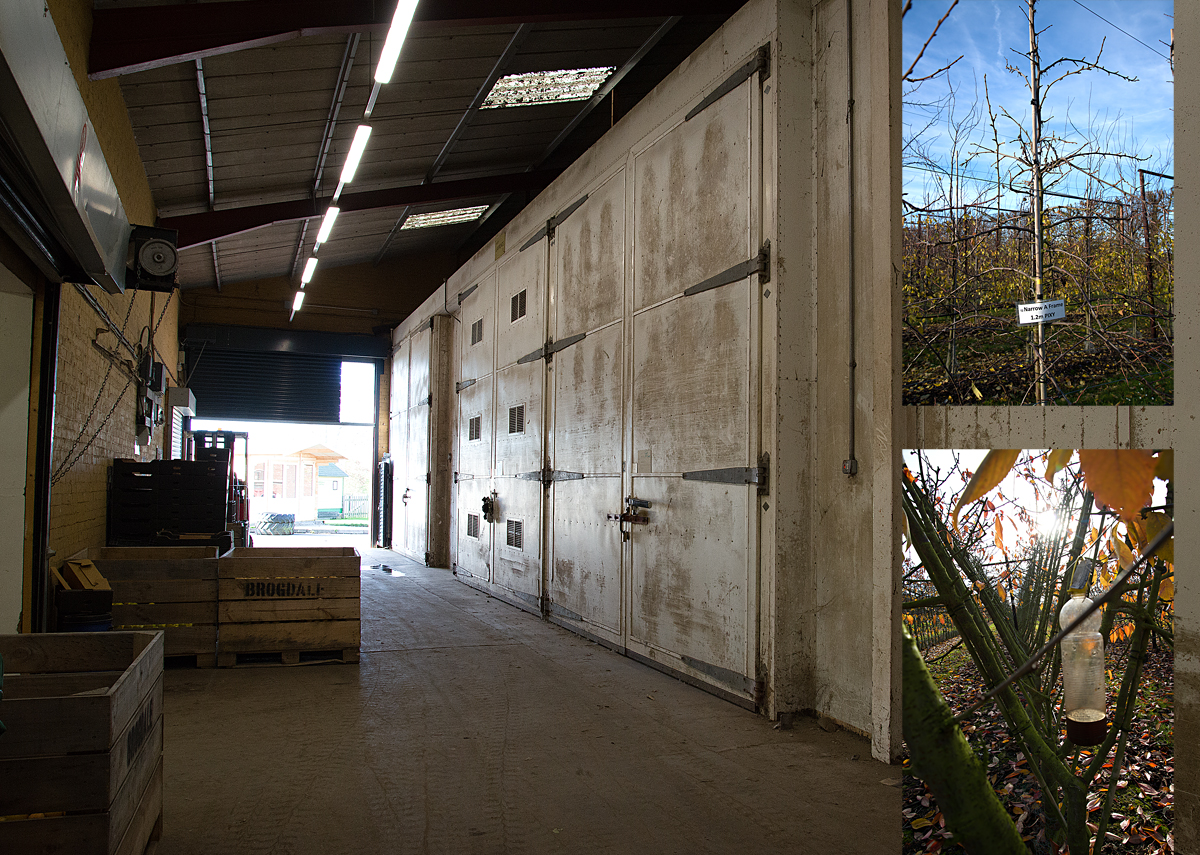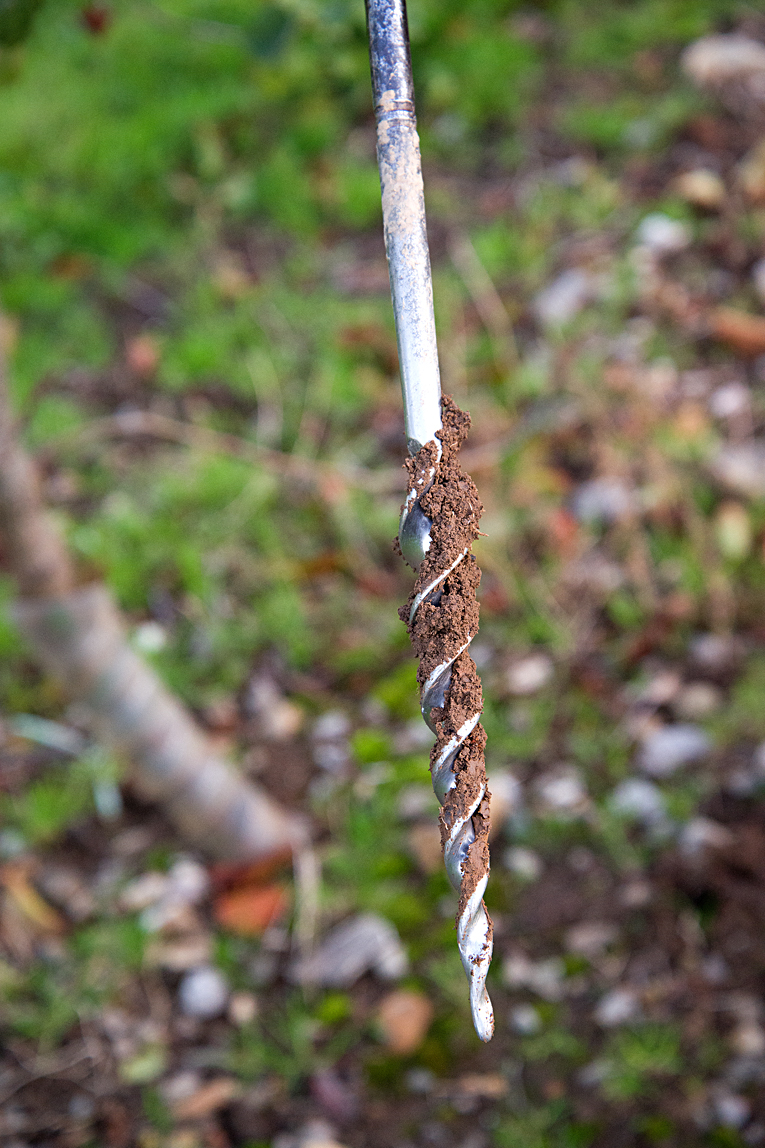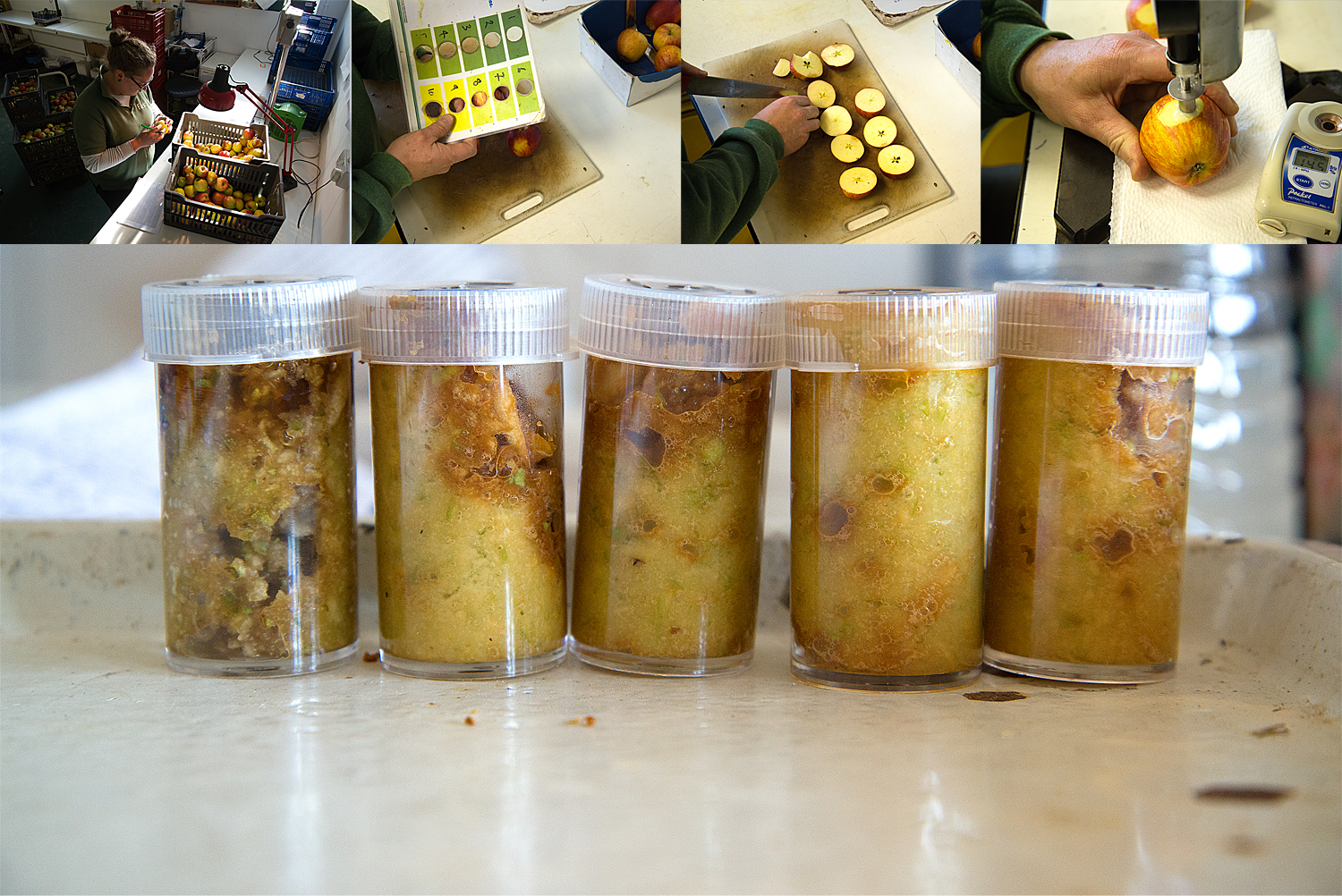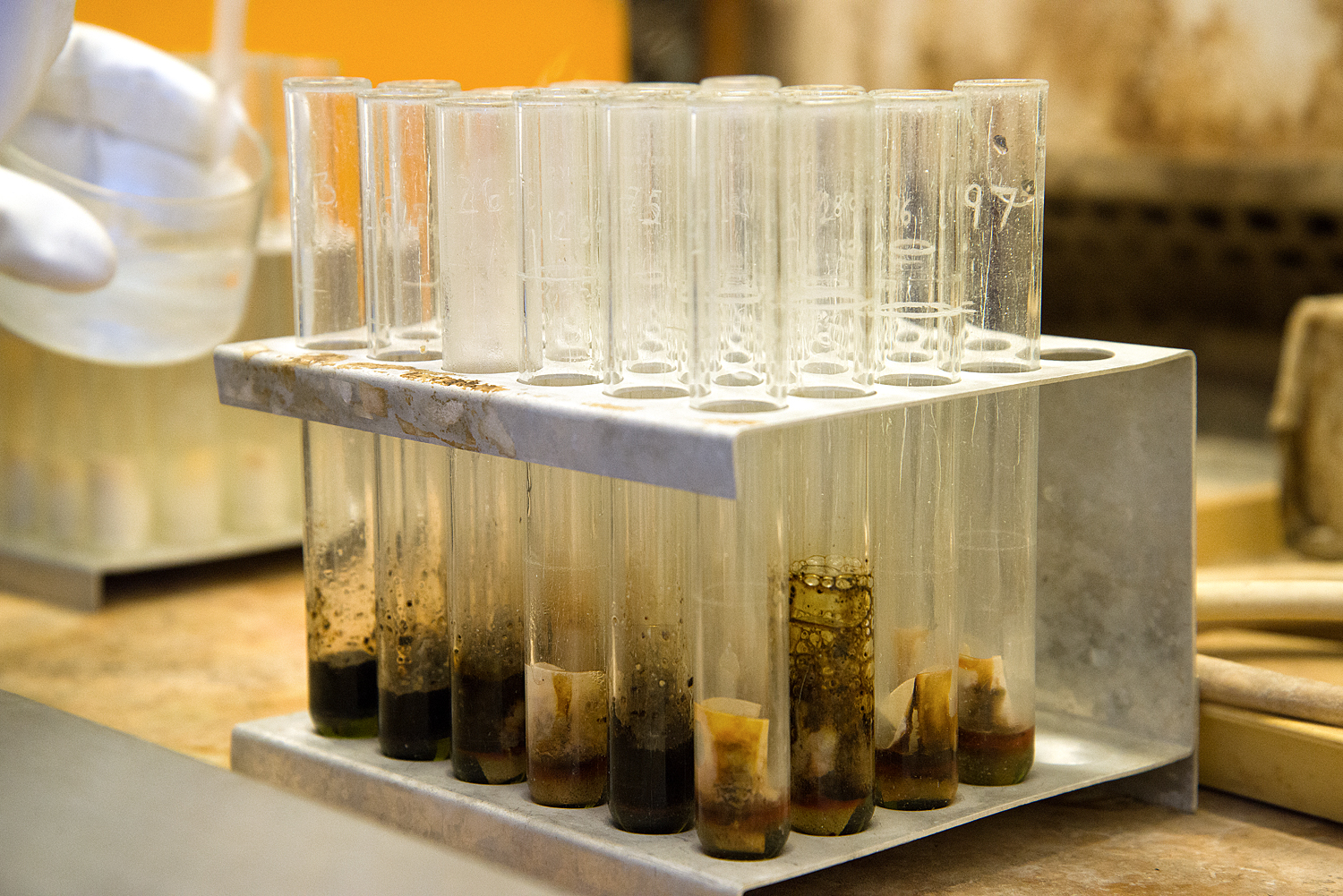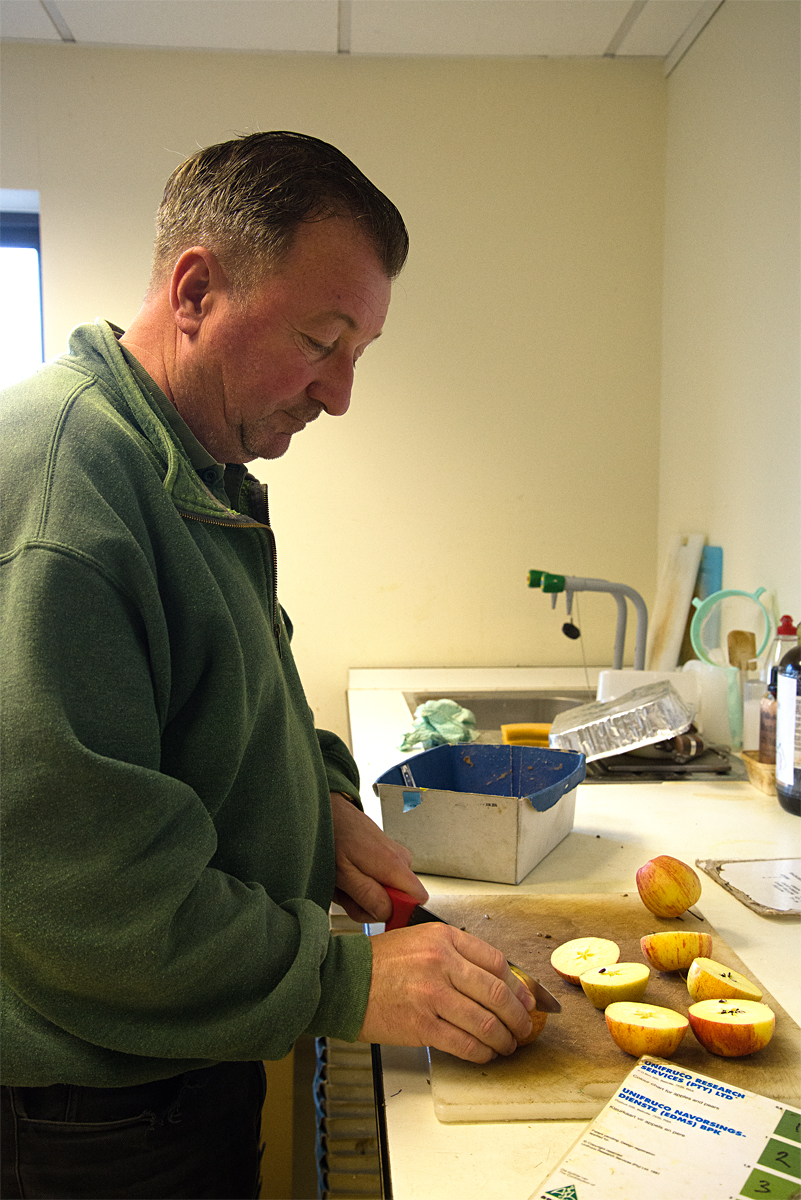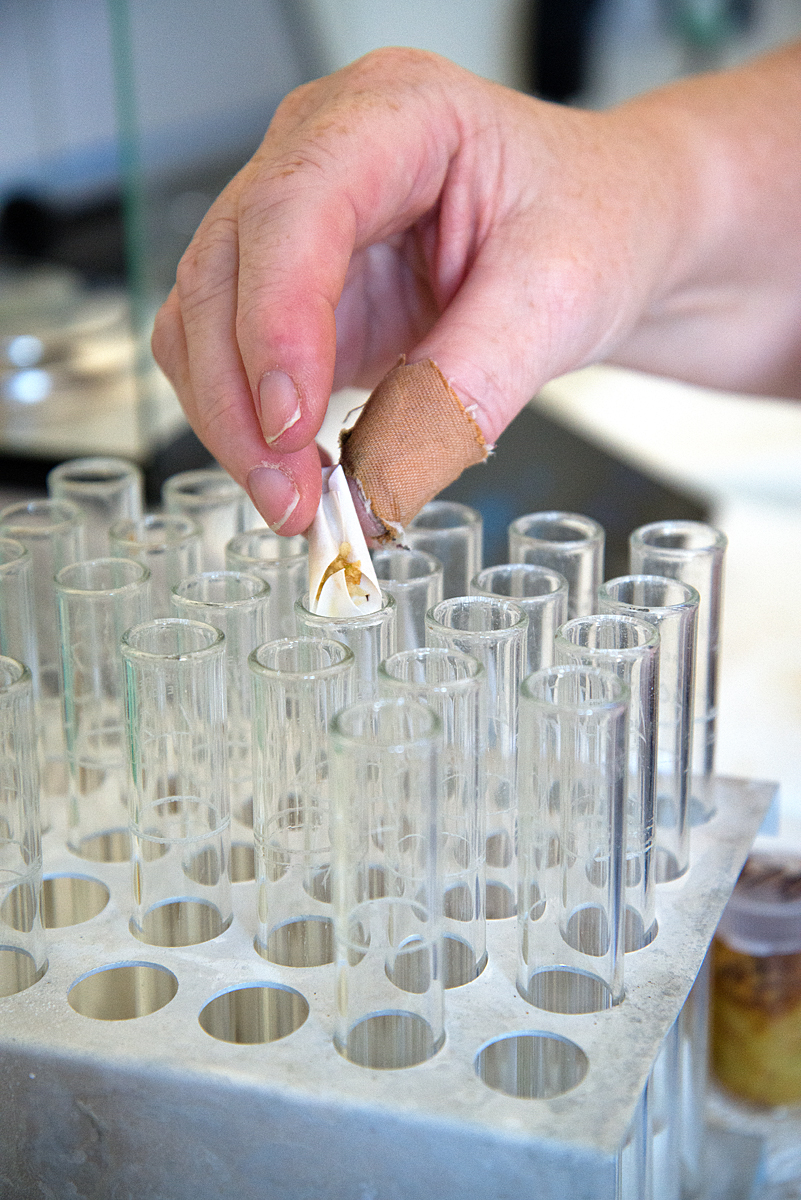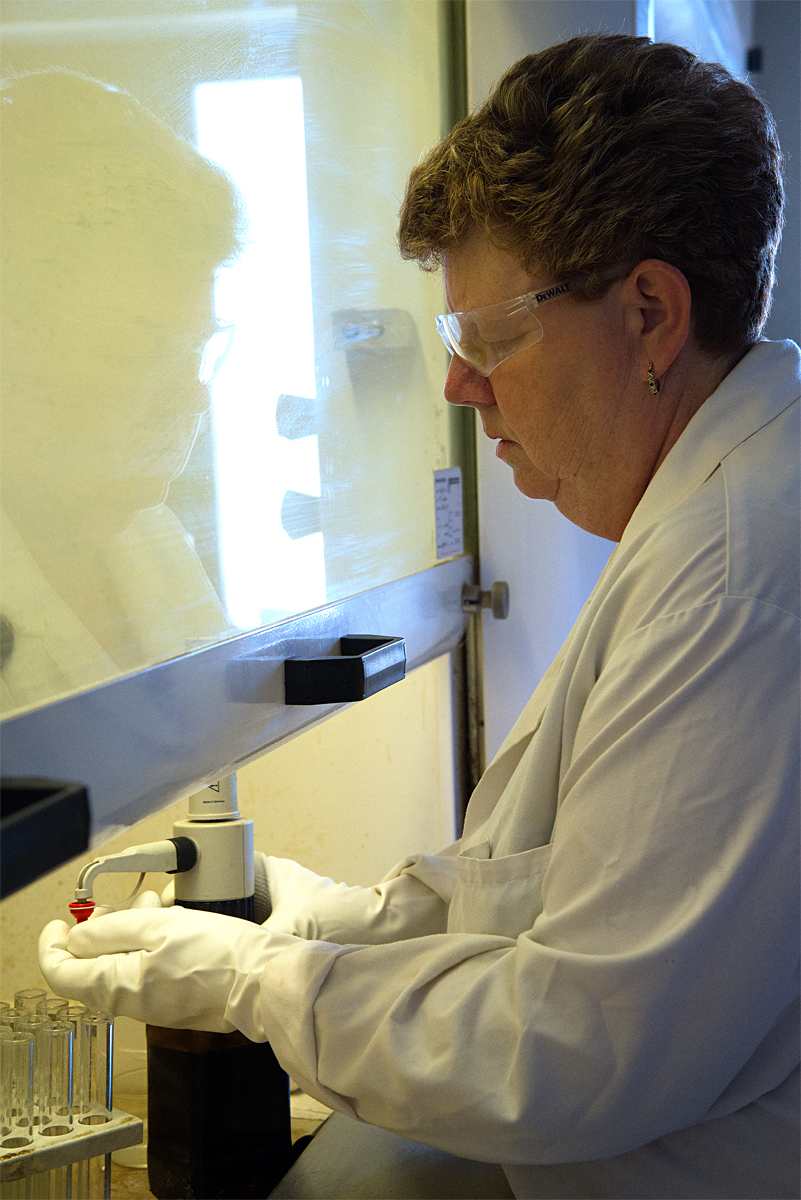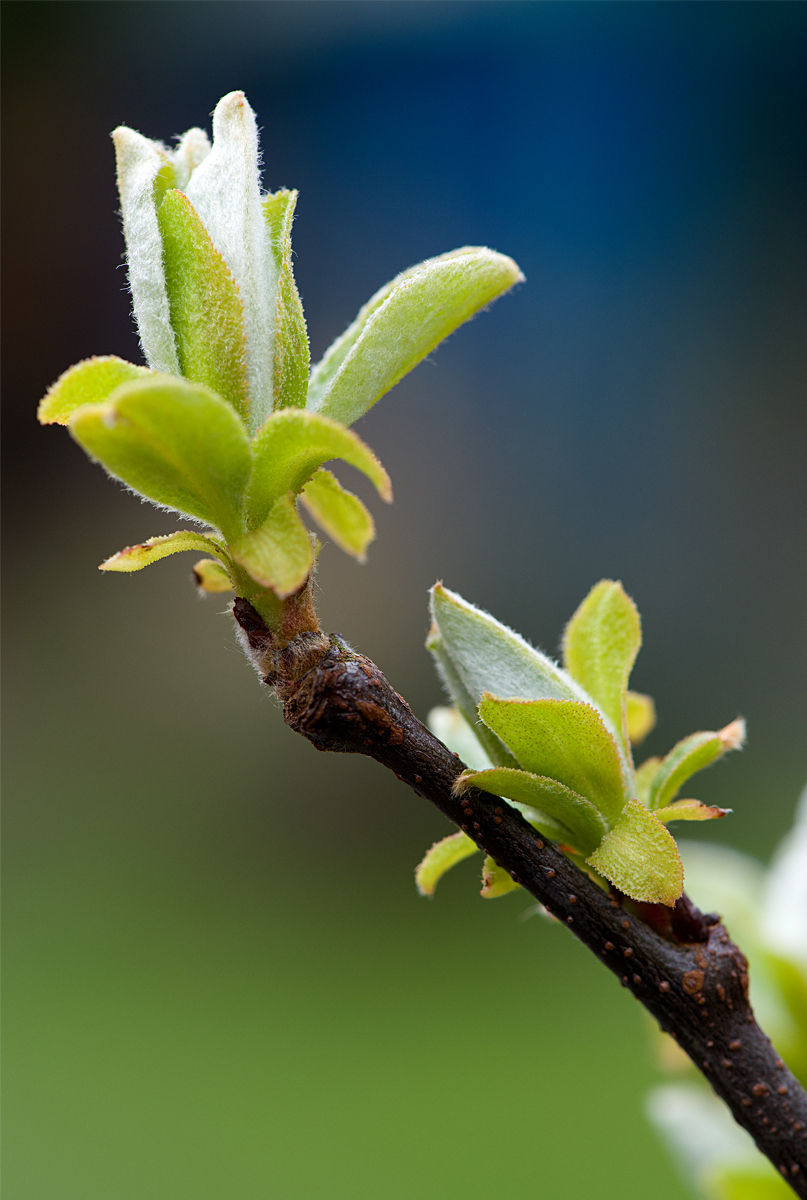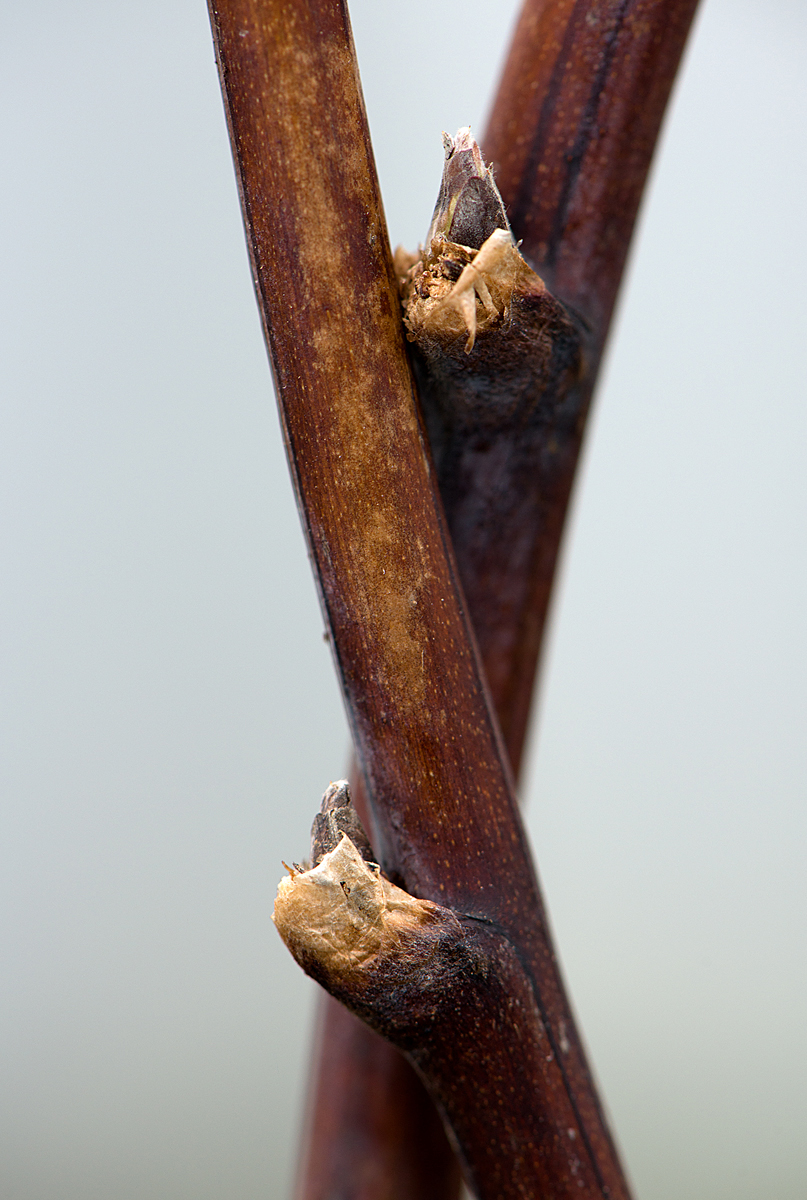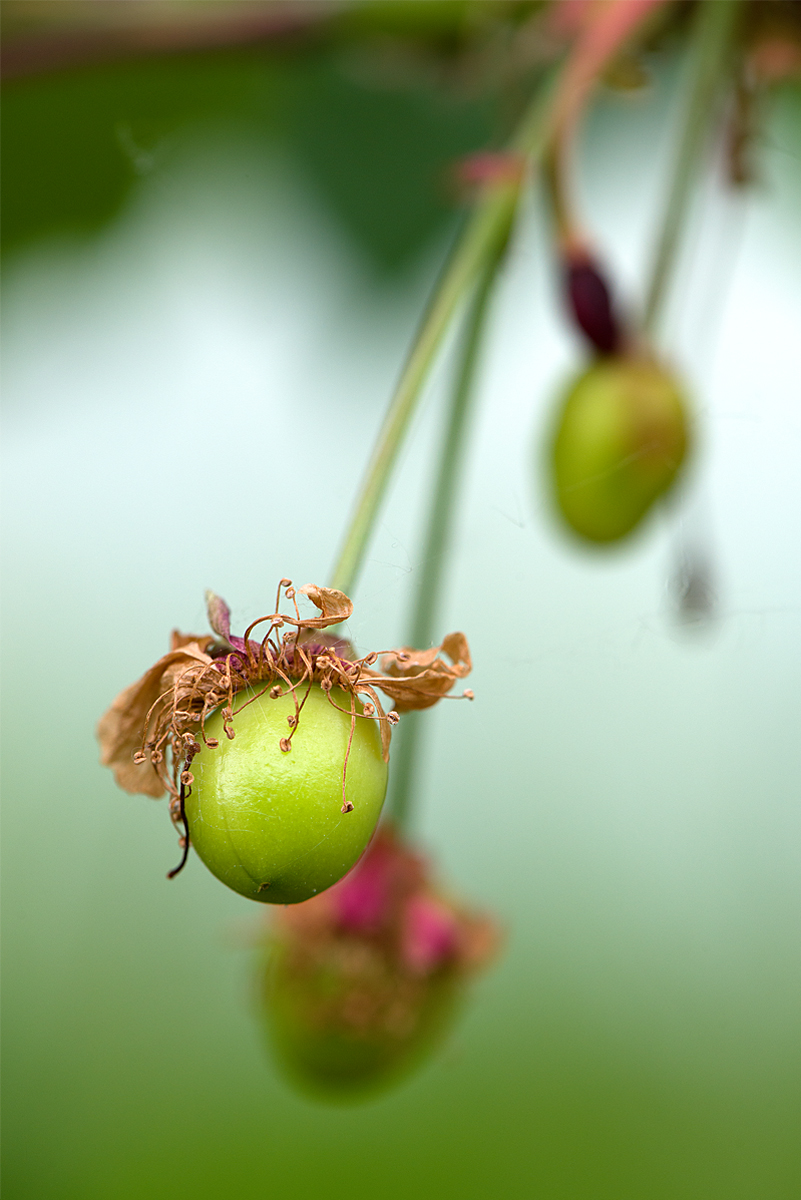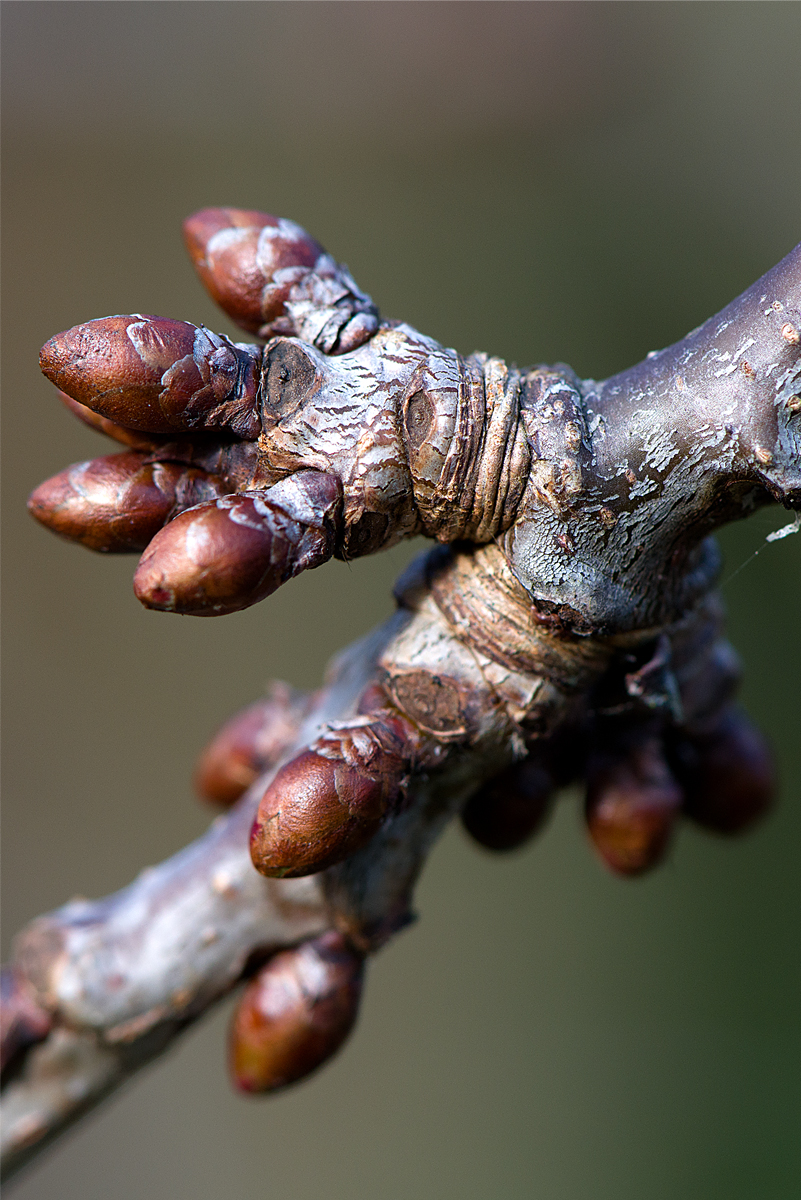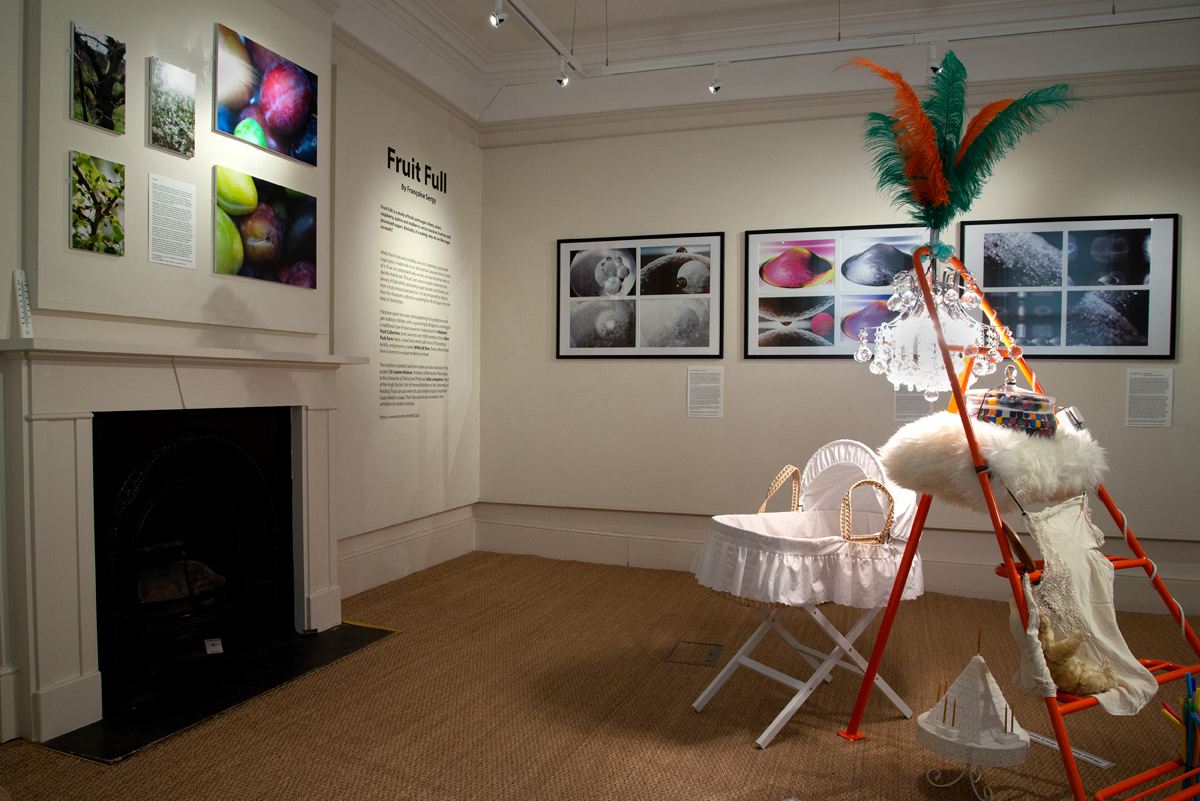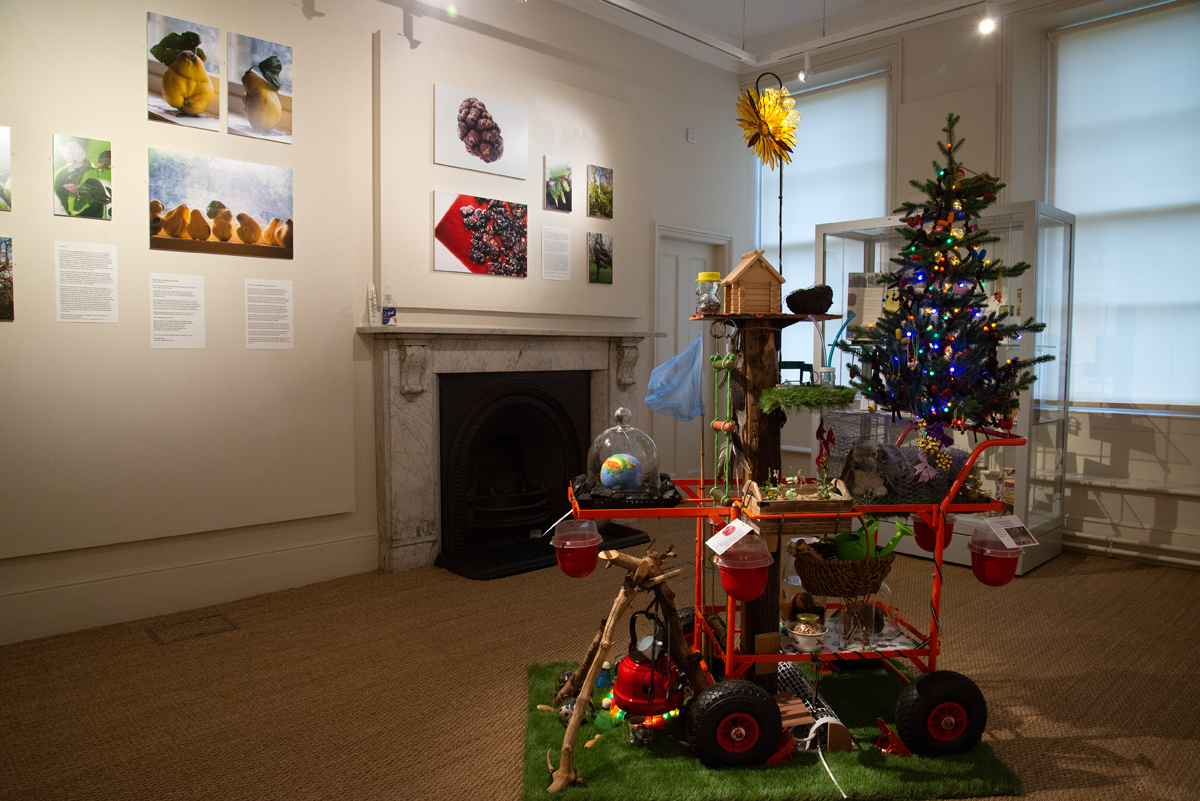early agriculture
In our human history, the development of agriculture started about 10 to 12 thousand years ago. The process was quite rapid and is sometimes described as the Neolithic Revolution. From gatherers and hunters, we became farmers, first with the domestication of animals and a nomadic lifestyle, followed by village settlements and the first plant crops.
The earliest archeological evidence of agriculture has been found in Mesopotamia, a region between modern Turkey and Saudi Arabia which includes Iraq, where the Tigris and Euphrates create a major river system. This was followed by developments in the valleys of the Nile (Egypt) and Indus (Pakistan). Later developments took place in China, Central America and Africa.
With agriculture came the practice of plant breeding: varieties with the desired characteristics are interbred with each other or crossed with wild species in order to improve the crop quality or resistance to diseases, for example. The early crops were mostly annual or biennial plants, such as cereals, pulses and vegetables. These plants produce a new generation from seeds every year or two. Over millennia and thousands of generations later, their breeding has led to huge genetic differences in the modern varieties we eat, compared to the original species. For example, vegetables such as cabbages - broccoli, Brussels sprouts, red cabbage, cauliflower, etc - all come from one wild plant.
the first orchards
Some archeologists think that a second Neolithic Revolution took place during the Bronze Age, between 6000 and 3000 BC. This coincided with the beginning of fruit cultivation. Many fruits grow on trees. These trees take a long time to mature and produce their first fruits, and they are often long lived, some cropping well for over a hundred years. Their successful cultivation requires a long-term commitment to one piece of land.
By transforming that land into an orchard, a strong bond is created between the farmer, the land and its locality. Thus, the development of fruit culture may have led to humans embracing the concept of territoriality for the first time and the creation of the first towns.
The early fruit cultivation in Mesopotamia included dates, olives, grapes, figs and pomegranates. They were later followed by apples, pears, quinces and medlars which came from Central Asia and Persia. Lemons followed from Asia and stone fruits (almonds, apricots, cherries, peaches and plums) from Europe and Asia. Later on, in the 15th and 16th centuries, American fruits such as the pineapple, cacao, papaya, tomato, pepper and strawberries, all reached Europe, Asia and Africa, whilst the East Asian banana and mango started being grown in America.
fruit breeding
For a new fruit tree variety to be produced, it must be grown from seeds over several generations. It takes a few years for a tree seedling to be mature enough to produce its first seeds and the cross-fertilisation process must be repeated several times before a successful variety emerges with good characteristics. The breeding process is therefore slow. As a result, the fruits varieties we eat today are more closely related to their wild ancestors, compared to those of cereals and vegetables.
We may not have been the only ones breeding fruits varieties over the millennia. Other animals probably contributed to the process. For example, the local population of bears in Kazakhstan, where apples originally come from, may have been responsible for the breeding of larger sized apples, by selecting and eating only the biggest fruits, and dispersing their seeds. The resulting seedlings then bred with each other over thousands of years to produce the large fruits we are familiar with now.
more information
For an overview of this art and science project, go to: Fruit Full home page
To discover the five fruits celebrated here, go to these pages:
Fruits 1 (plums and cherries), Fruits 2 (raspberries, quinces and mulberries)
Another page presents two different ways of preserving fruits: Two Jams
You can download the following texts, as pdf documents:
Fruits Talk is about fruits and the origins of fruit farming.
Five Fruits is a longer text about the five fruits featured.
